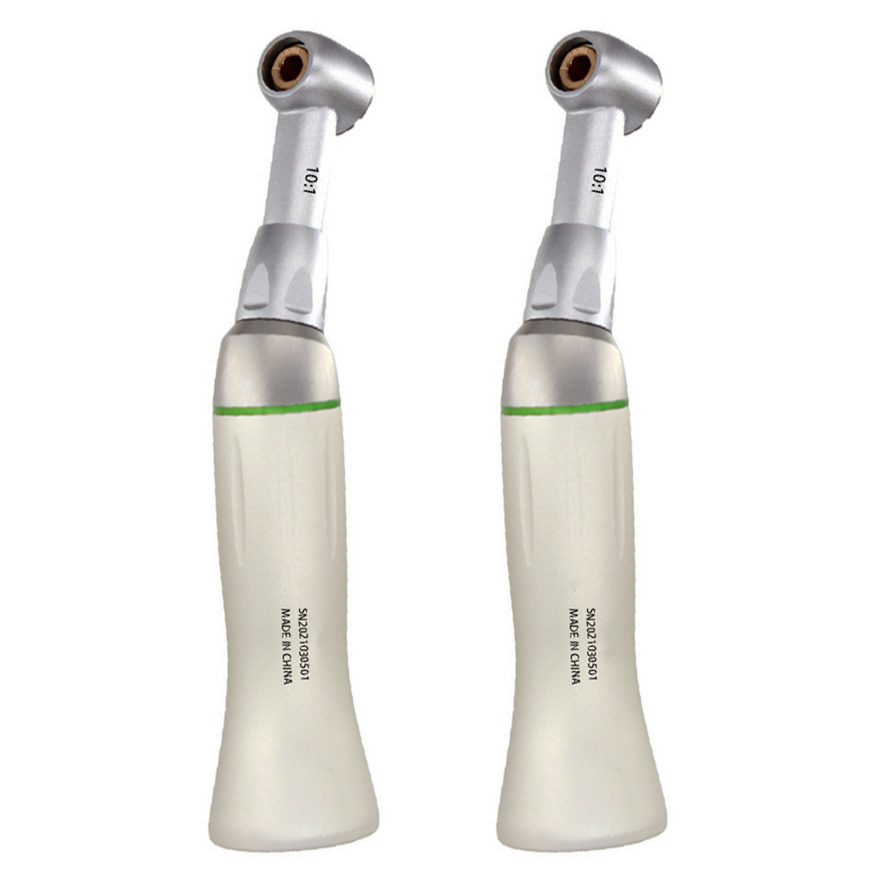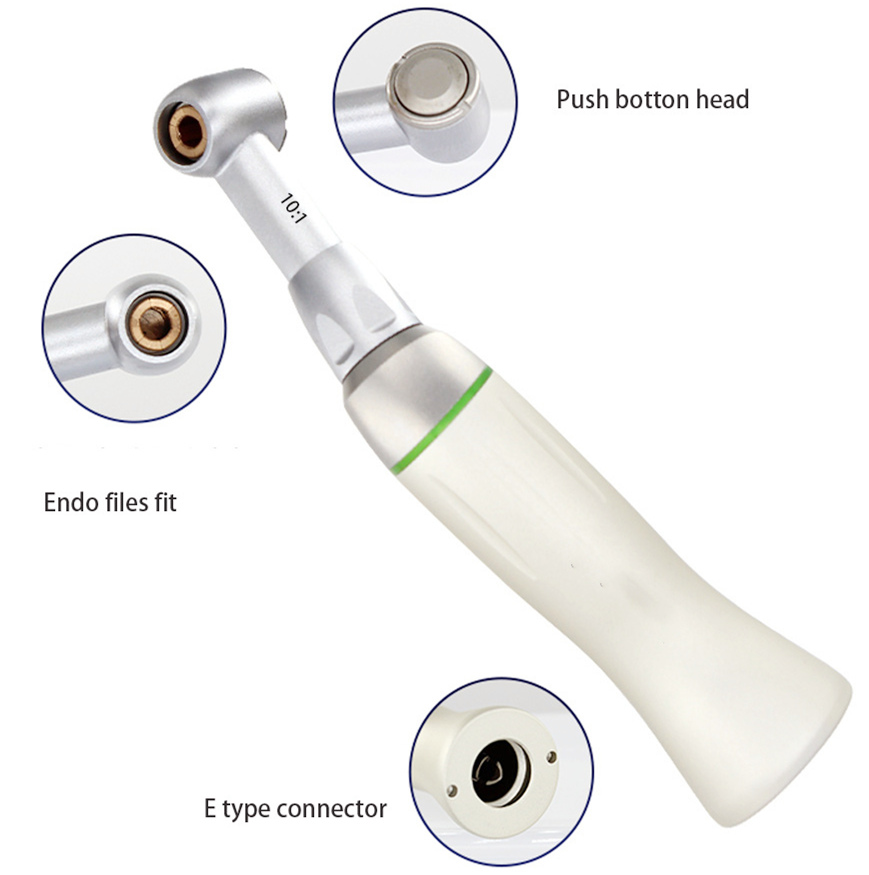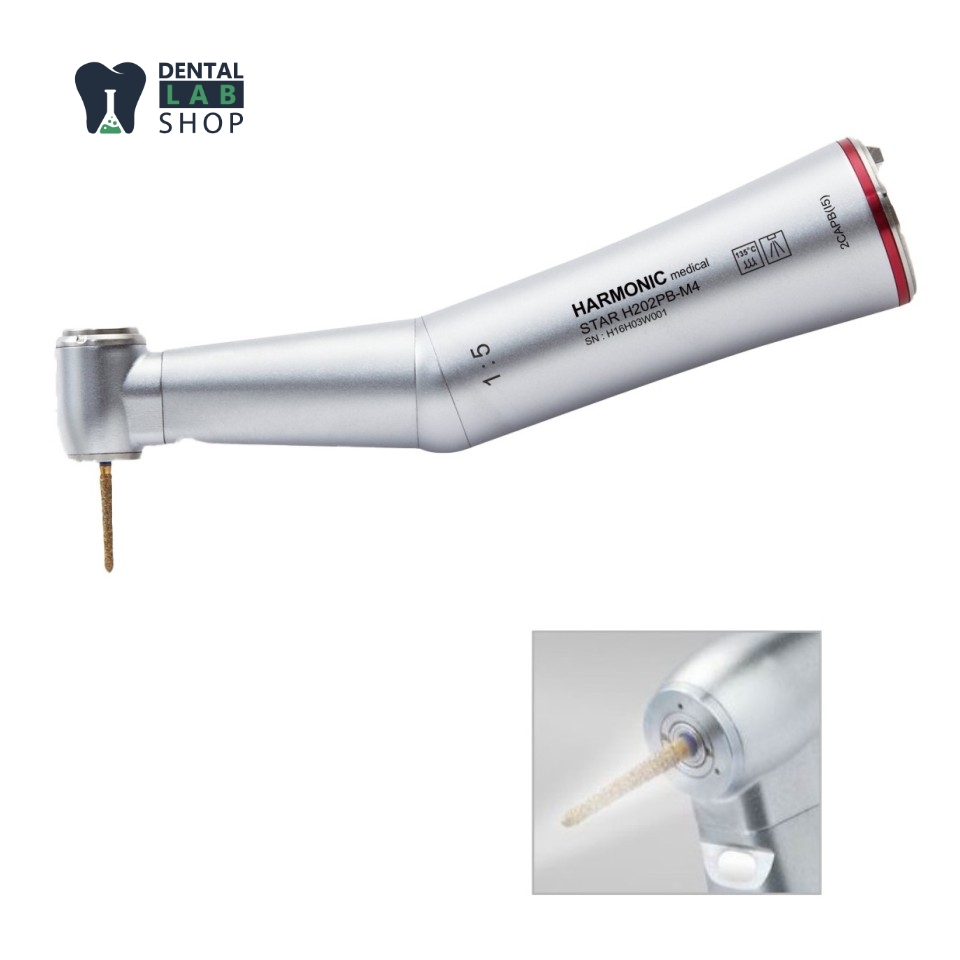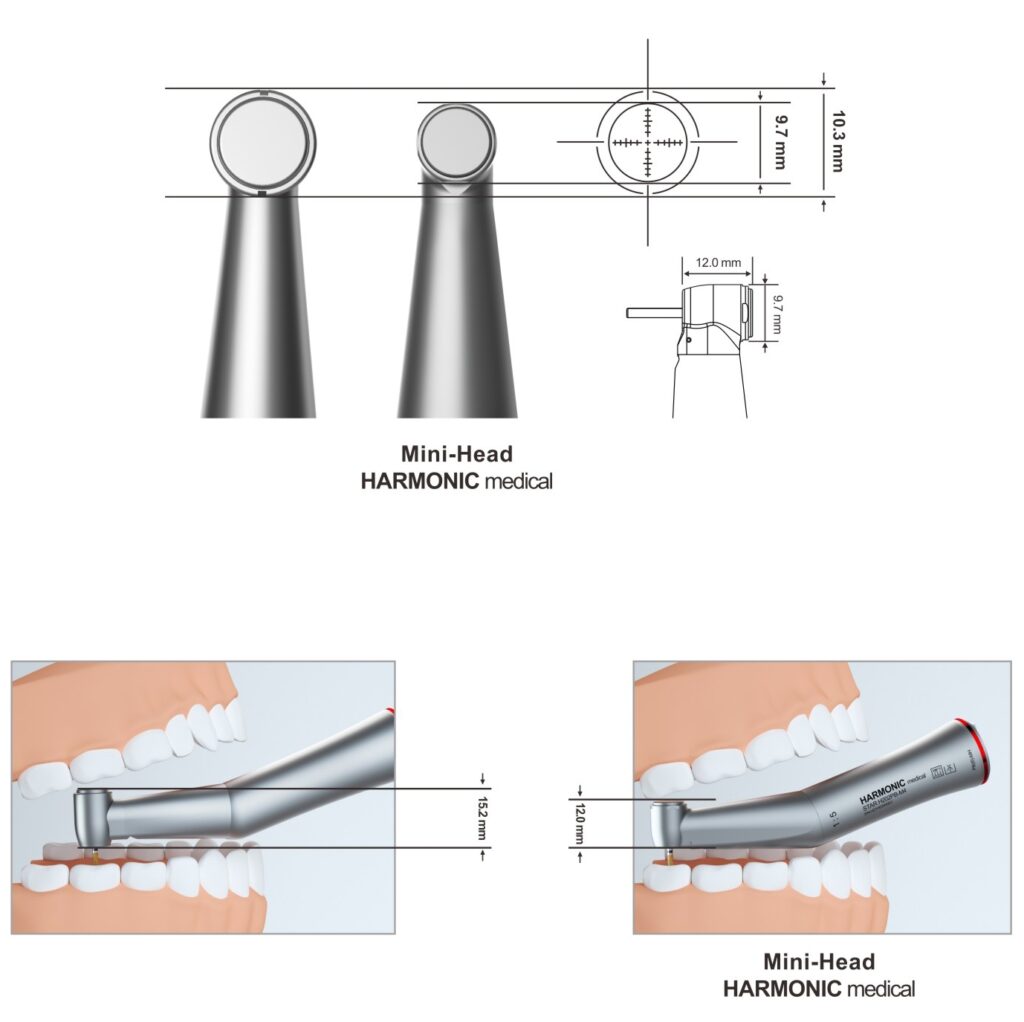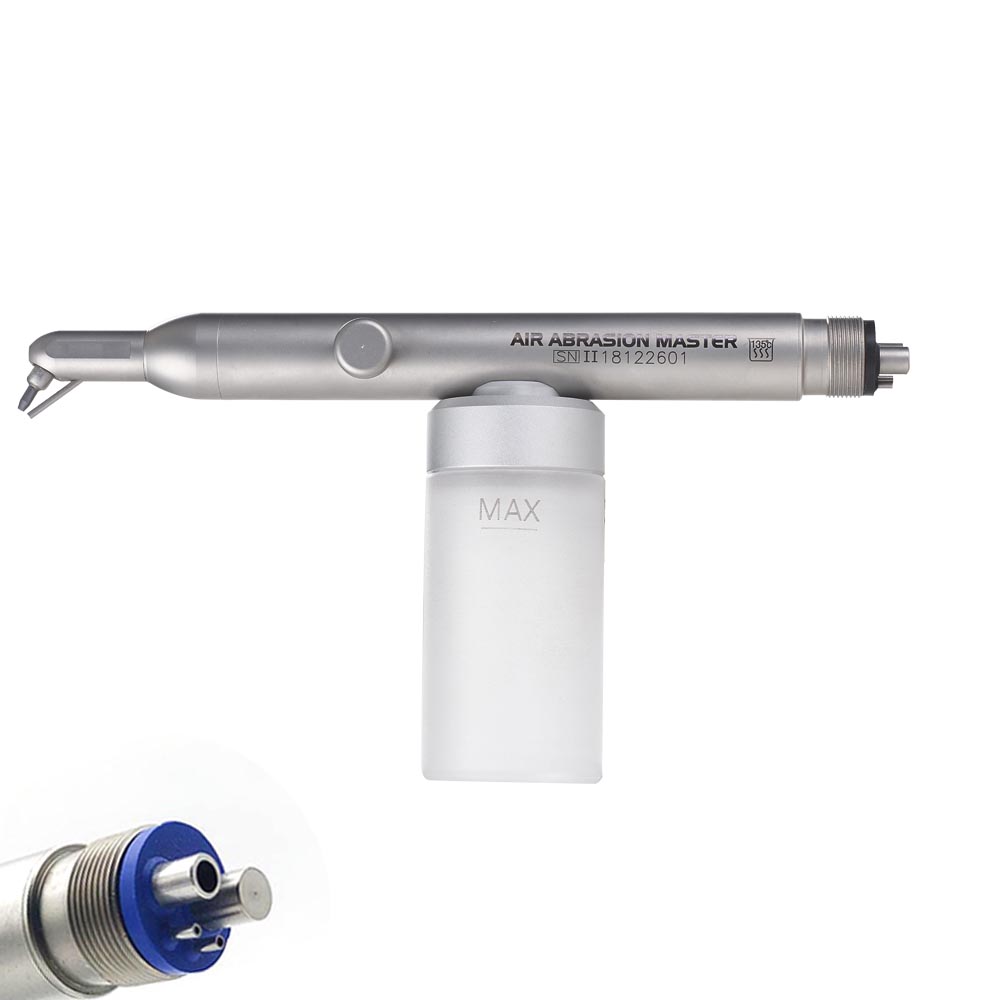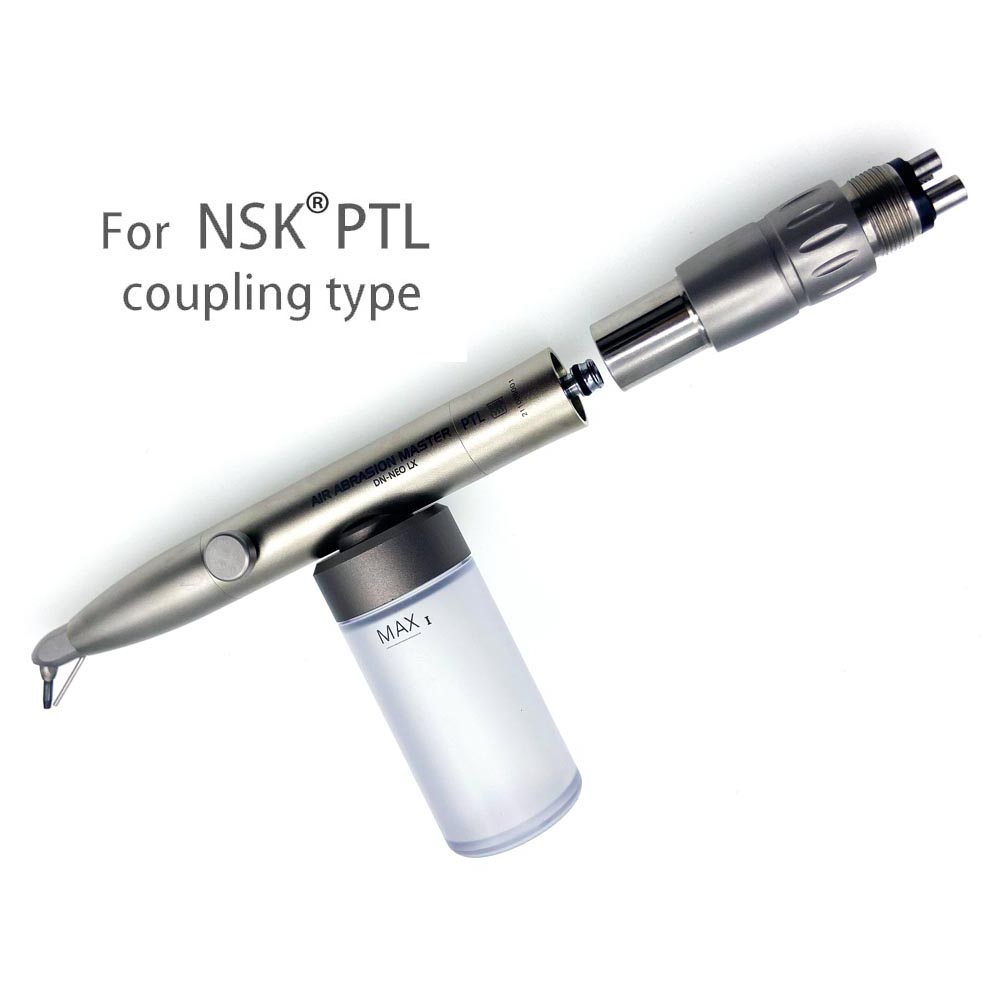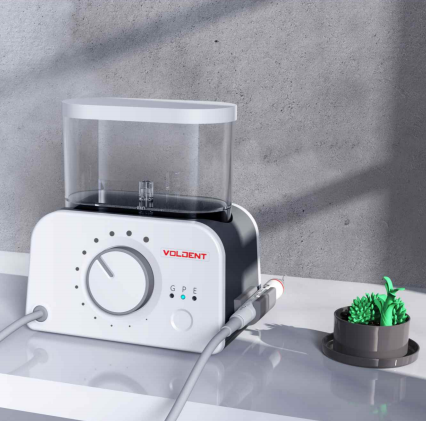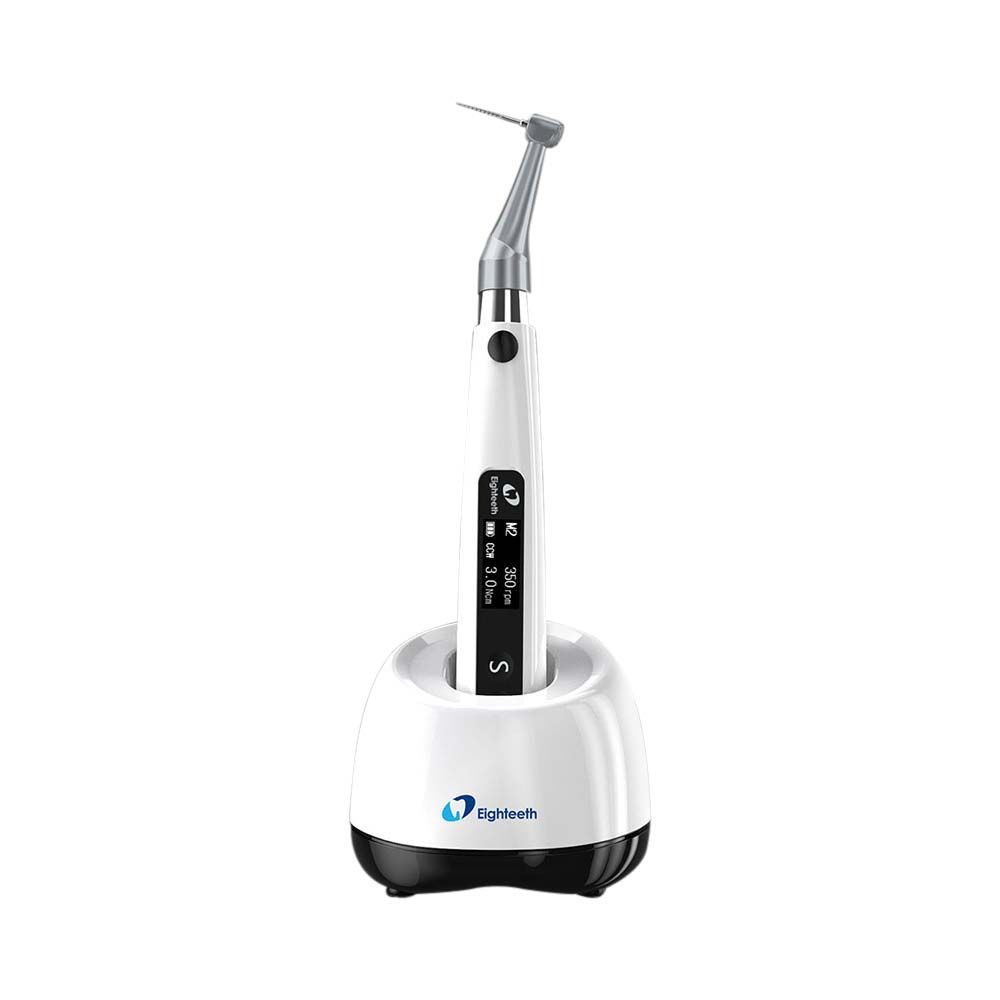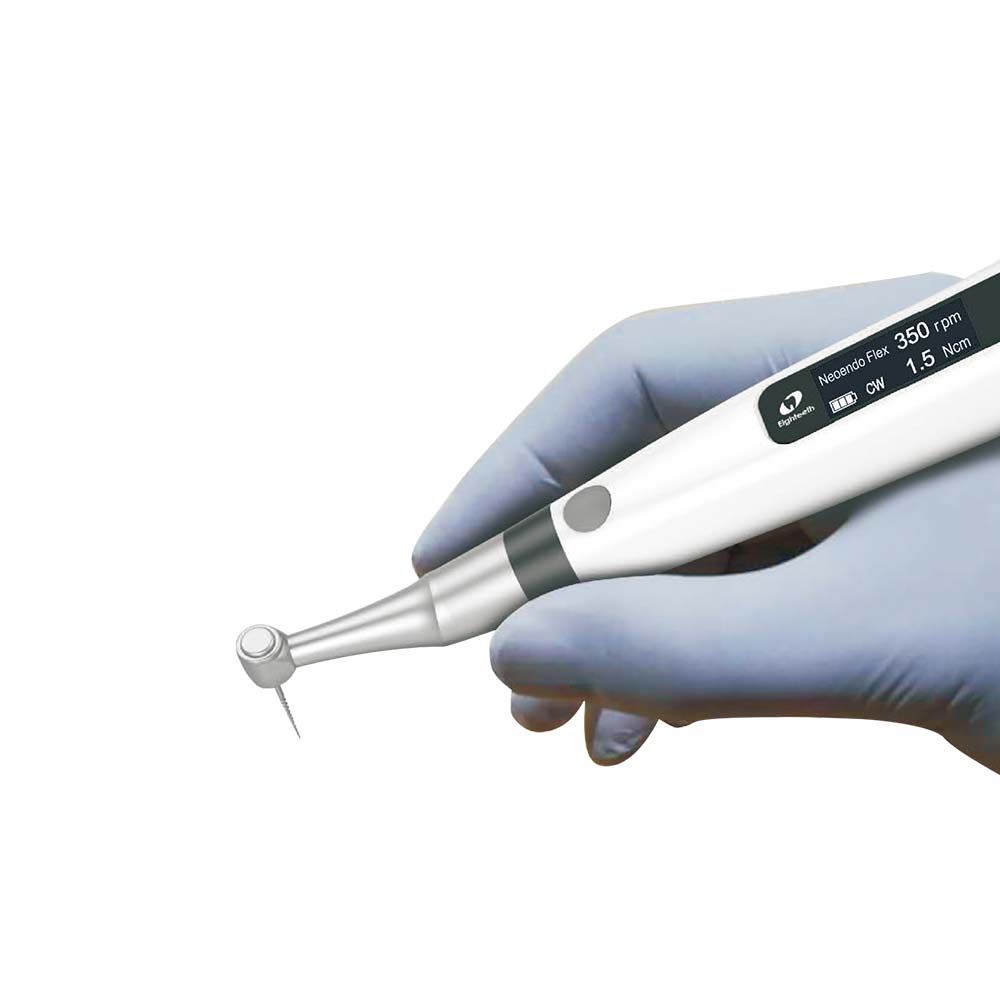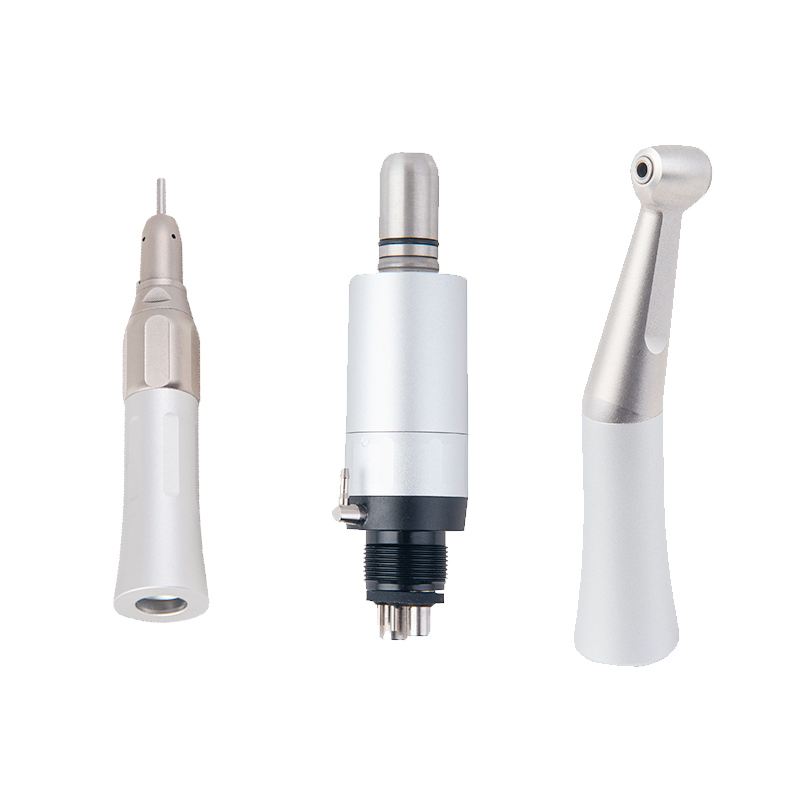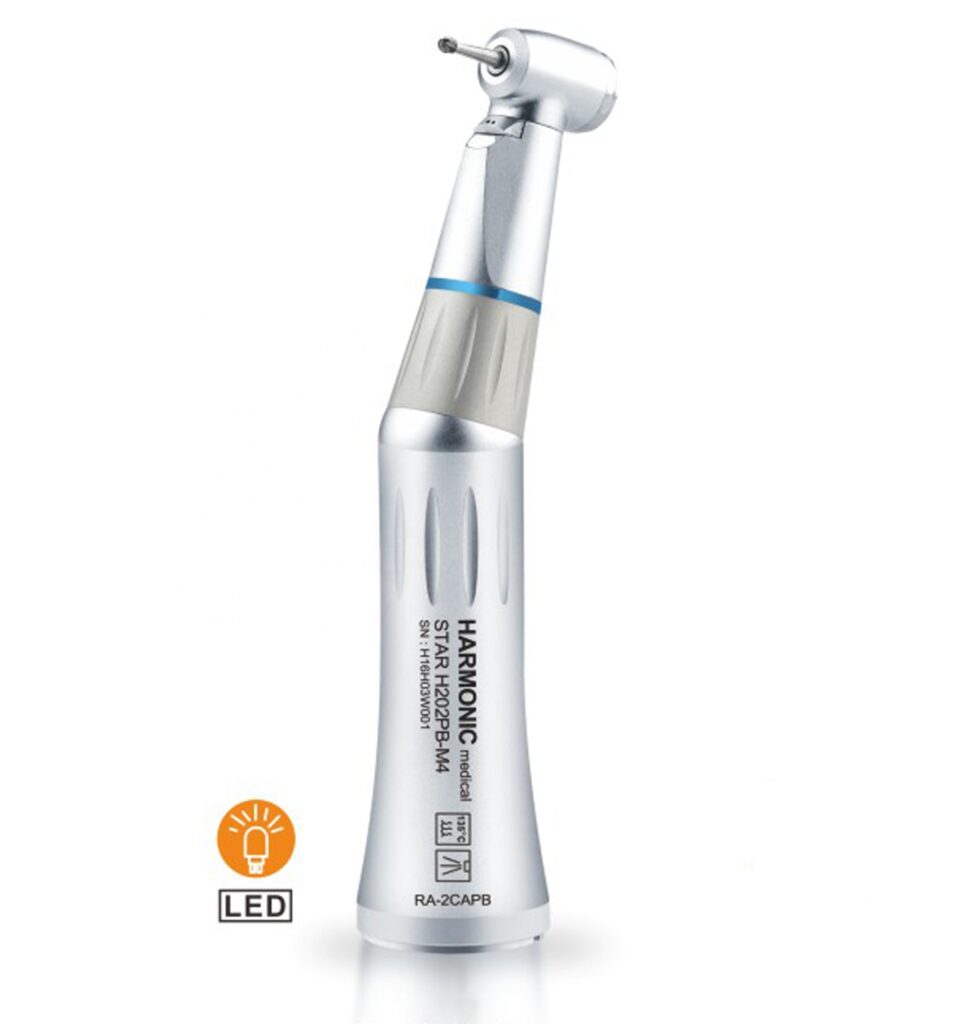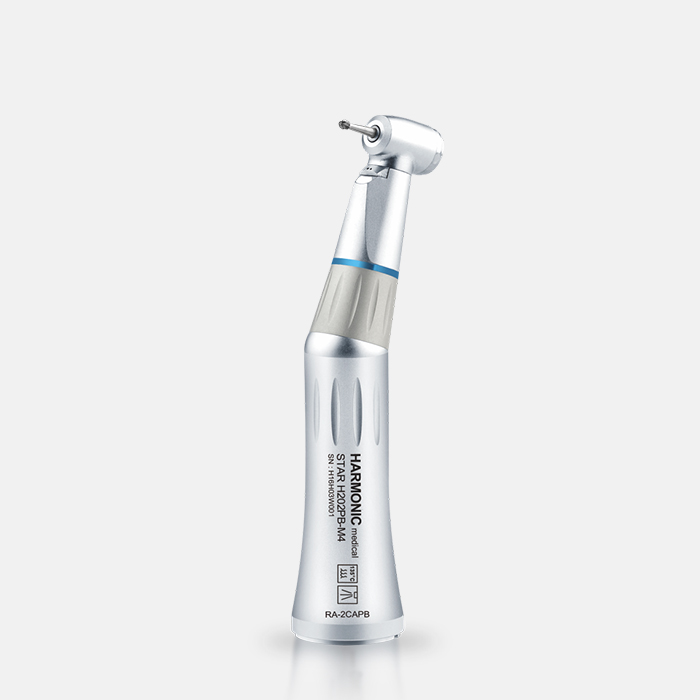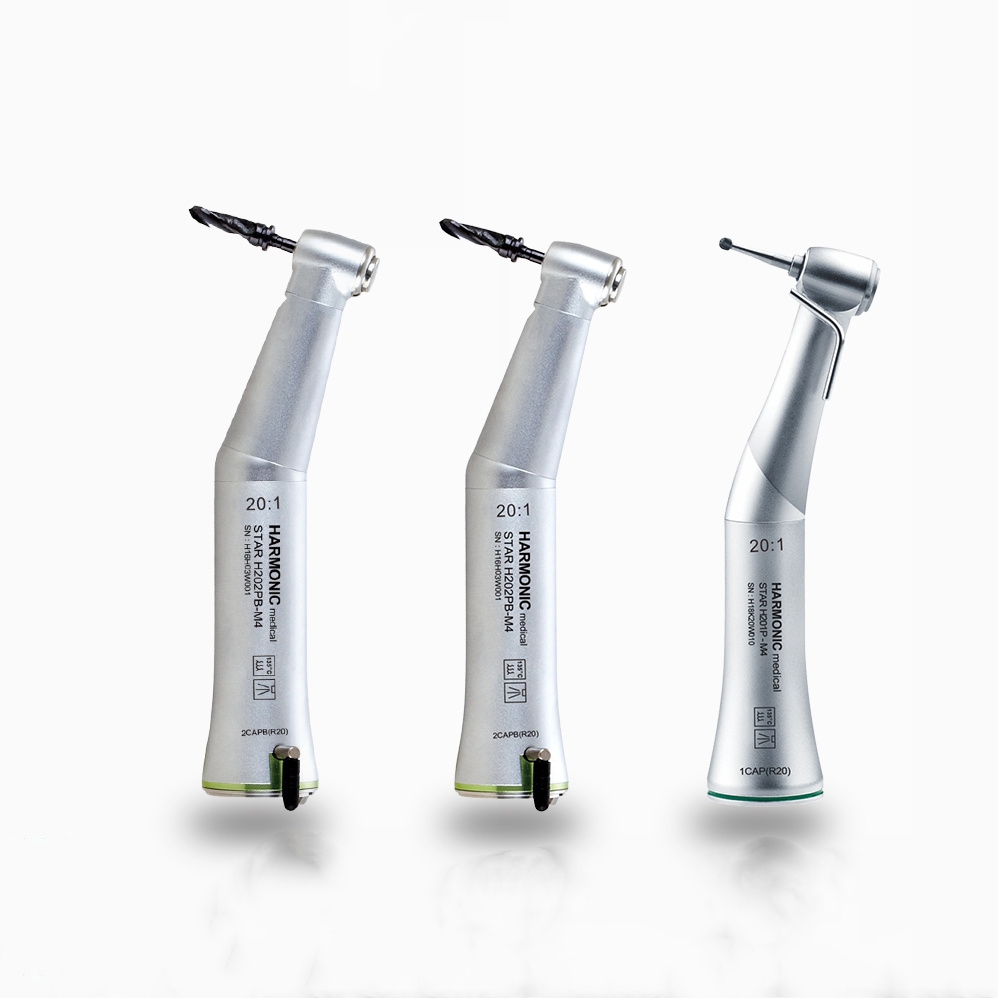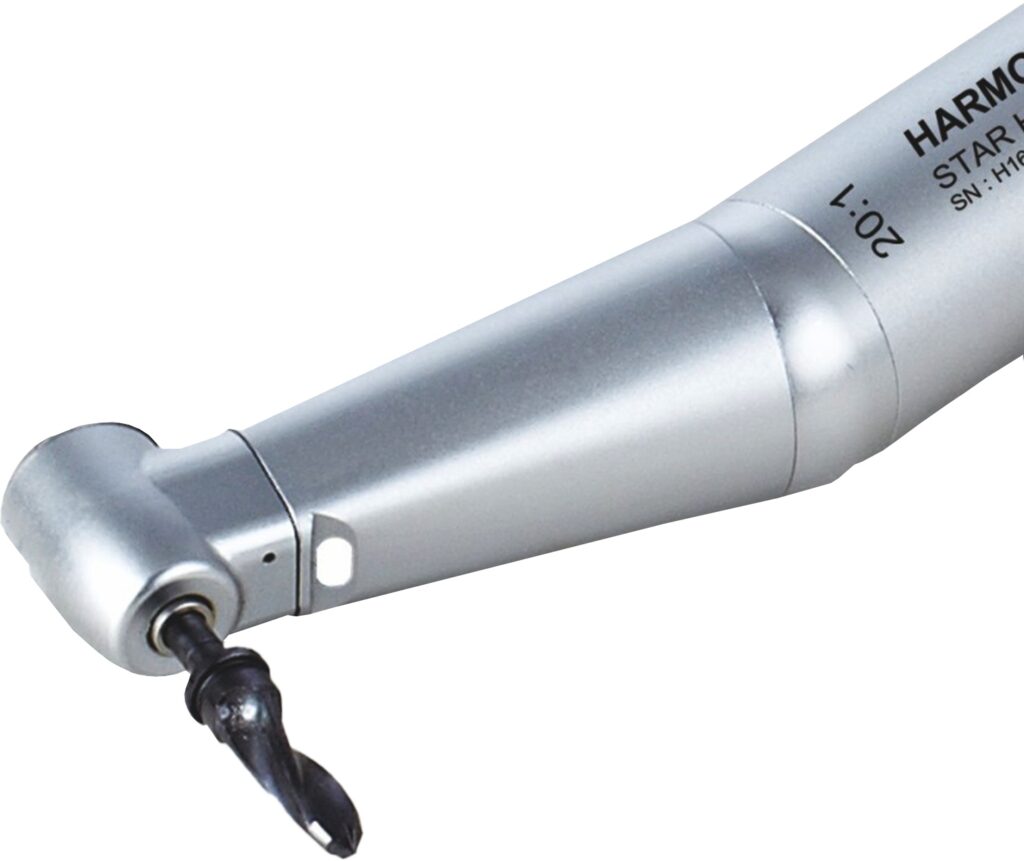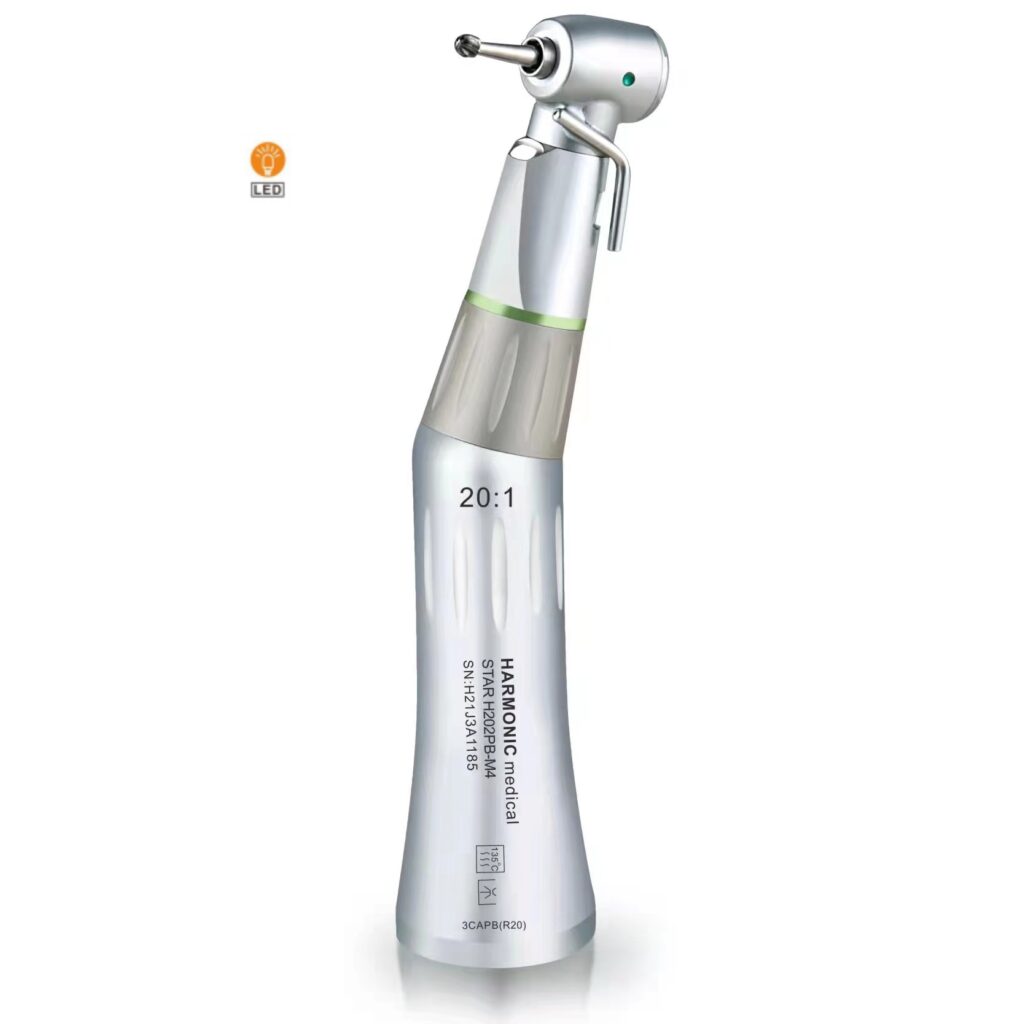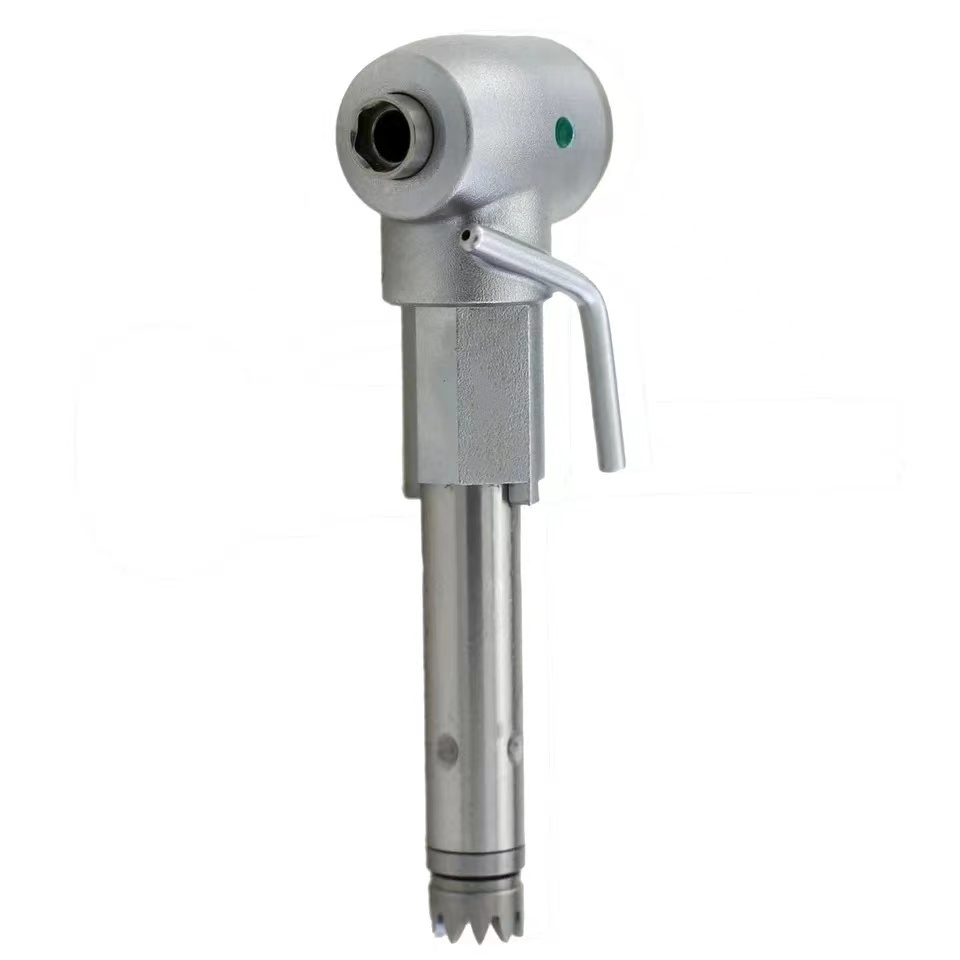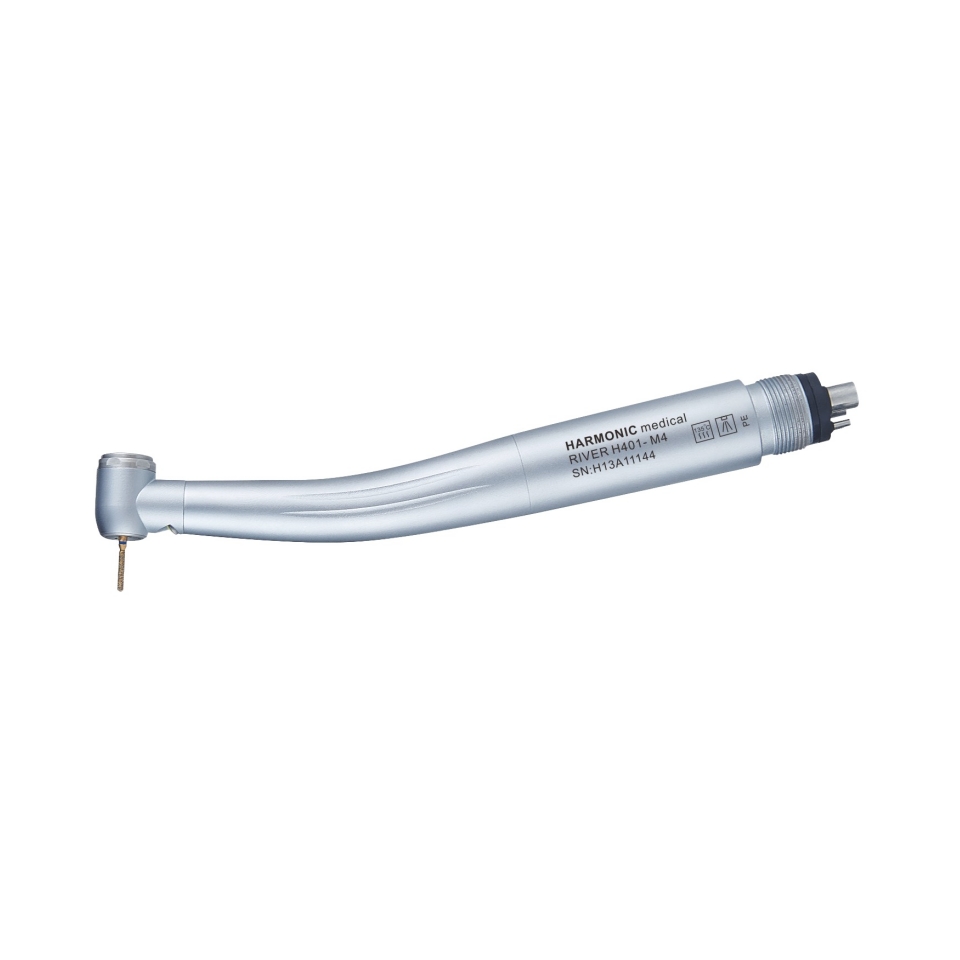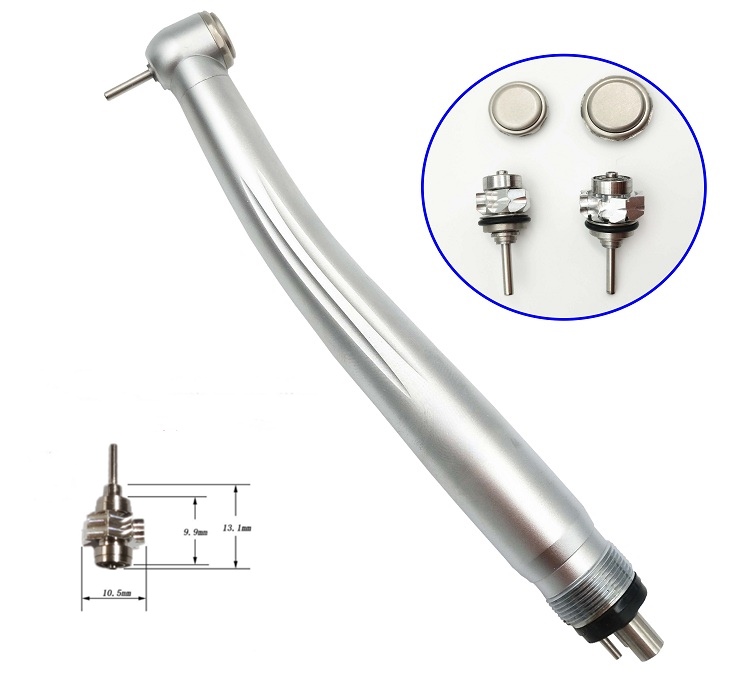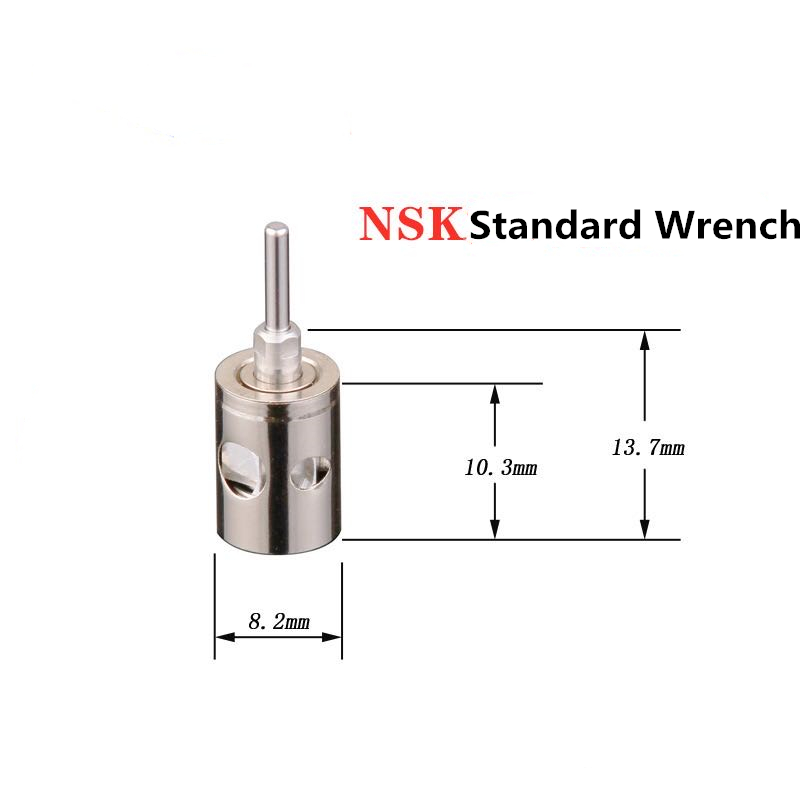Blog
Contra-Angle Hand pieces vs. Straight Hand pieces: A Comparative Study
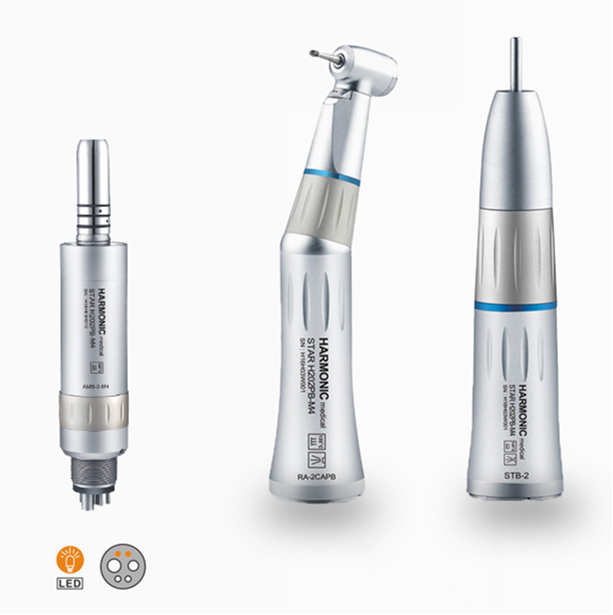
Imagine you’re a dentist, and you have a patient in your chair that needs a filling. You reach for your contra-angle handpiece, which is a powerful and versatile tool that can help you quickly and efficiently remove the decayed tooth material and prepare the tooth for the filling.
So, which handpiece is right for which job? Here’s a quick comparison of contra-angle and straight hand pieces, along with some tips on choosing the right handpiece for each procedure.
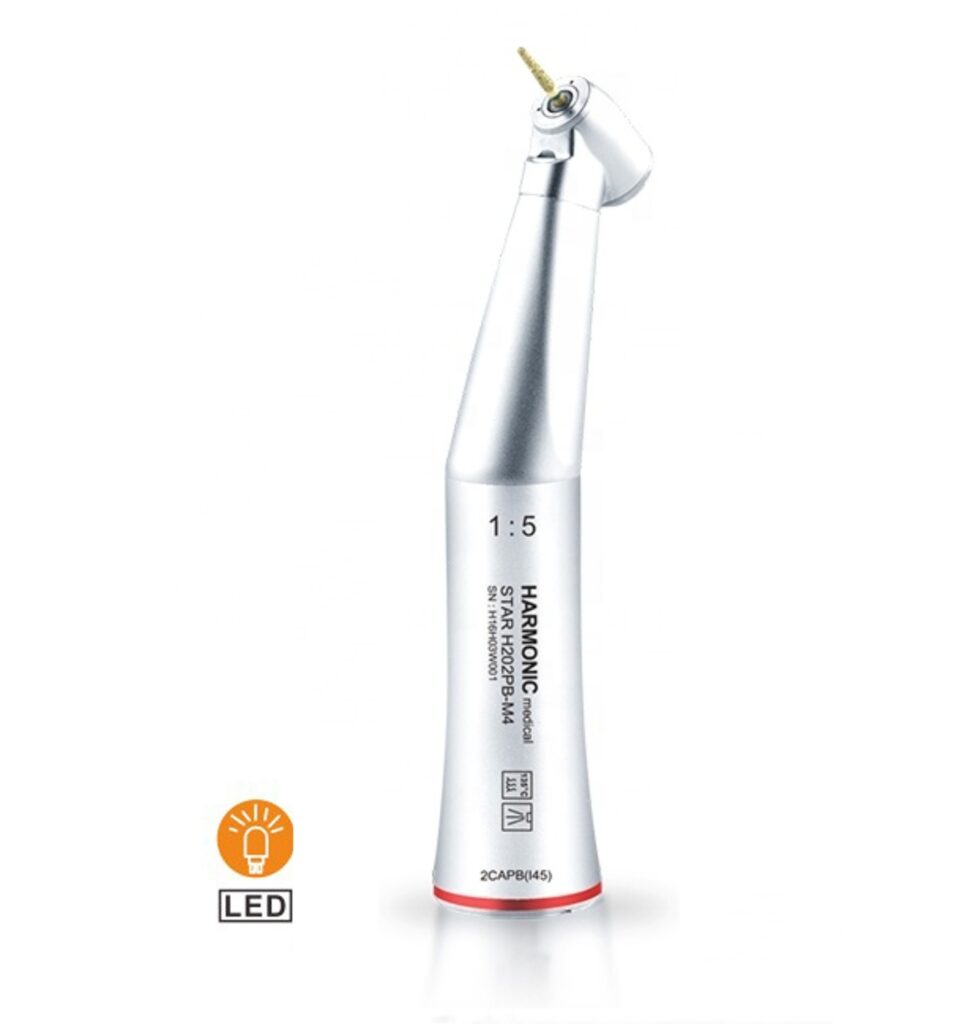
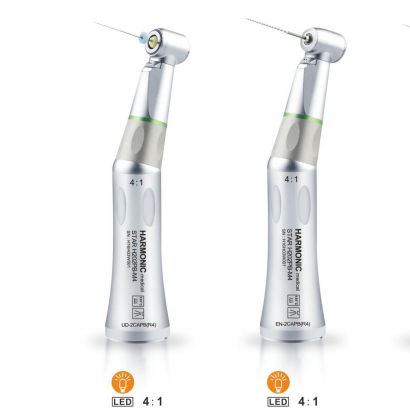

Contra-Angle Hand pieces: The Handy Angle
Think of contra-angle hand pieces like the go-to for reaching those tricky molars. Their angled design allows dentists to get where straight hand pieces struggle, making them a star in restorative work, like prepping teeth for fillings and crowns. They can swiftly remove a lot of tooth material when needed.
Pros:
–Better Access to Hard-to-Reach Spots: Contra-angle hand pieces, with their angled heads, enable dentists to effortlessly navigate difficult-to-reach areas in the mouth, especially the posterior teeth. This design enhances visibility and access, crucial for procedures like cavity preparations and intricate restorative work.
–More Muscle Power for Swift Tooth Work: Contra-angle hand pieces provide higher power and torque compared to straight hand pieces, facilitating the efficient removal of substantial amounts of tooth material. This extra strength is invaluable for quick and efficient tooth preparation, making them ideal for tasks like crown preparations or extensive cavity removal.
Cons:
-Control Challenges: Contra-angle hand pieces, with their angled design, demand heightened dexterity for effective manipulation, especially in tight or delicate spaces.
-Higher Cost Investment: These hand pieces often come at a higher price due to their sophisticated design and enhanced functionality, impacting the budget for dental practices or individual dentists.
Applications:
-Restorative Dentistry: Contra-angle hand pieces excel in restorative procedures like cavity preparation, crown shaping, and material management. The angled design enhances access and maneuverability in tight spaces, crucial for effective restorative treatments.
-Endodontics (Root Canal Treatments): Instrumental in root canal treatments, contra-angle hand pieces effectively access and clean narrow, curved root canals. Their ability to navigate tight curves and reach difficult areas within the root canal system is essential for successful treatment outcomes.
-Periodontics (Gum Treatments): In gum-related treatments such as deep cleanings or reshaping, contra-angle hand pieces offer maneuverability. They enable dentists to access various gum areas, ensuring thorough cleaning and precise reshaping when needed. The design aids delicate procedures by enhancing visibility and control.
Straight Hand Piece
Straight Handpiece Overview: Straight hand pieces are fundamental tools in dentistry, characterized by a linear configuration. These devices are appreciated for their simplicity, making them versatile and easy to handle. Straight hand pieces are commonly employed in general dental procedures and basic tooth preparations due to their straightforward design.
Pros:
-Simplicity: The uncomplicated design of straight hand pieces facilitates easy handling and control during dental procedures.
-Versatility: These hand pieces are well-suited for a broad spectrum of general dental applications, making them indispensable in routine dental work.
-Cost-Effective: Generally more budget-friendly than specialized hand pieces, straight hand pieces offer cost-effective solutions for dental practices.
Cons:
-Limited Access: One of the drawbacks is their challenge in reaching tight or posterior areas, restricting their use in more intricate dental procedures.
-Less Power: Straight hand pieces may have lower torque compared to their contra-angle counterparts, limiting their efficiency in tasks that require more power.
-Basic Functionality: While suitable for routine dental work, straight hand pieces may lack the advanced features necessary for specific and specialized procedures.
Applications
-Prosthetics: Straight handpieces are extensively used in creating prosthetic teeth, such as crowns, bridges, and dentures. Their straight design and precise control make them ideal for accurately shaping and polishing dental prosthetics to fit a patient’s unique oral structure. Dentists can achieve fine details and surface finish required in prosthetic work effectively with these handpieces.
-Oral Surgery: They are used for tasks such as tooth extractions, bone shaping, and other surgical procedures where precision and control are paramount. The straight design offers excellent visibility and precise handling required in various oral surgeries.
-Pediatric Dentistry: Straight handpieces are commonly favored in pediatric dentistry due to their ease of use and reduced complexity in control. They are employed for procedures like cleaning, polishing, and minor dental repairs in children. The straight design offers clear visibility and better control, which is beneficial when dealing with younger patients who might require more delicate and precise dental care.
Choosing the Right Handpiece
-Visibility: Dentists need to assess whether the handpiece allows them to comfortably reach the area of focus within the patient’s mouth. Factors such as the design of the handpiece, its angle, and maneuverability play a significant role in ensuring easy access to specific areas, especially in challenging or hard-to-reach spots.
-Access: The handpiece’s design and head structure impact how well the dentist can see the treatment area. Enhanced visibility is crucial for accurate and precise dental work. A handpiece that provides clear visibility ensures that the dentist can perform procedures with accuracy and attention to detail.
-Power and Precision: Dentists evaluate whether the handpiece offers the necessary power, torque, and precision required for the specific procedure. Different procedures demand varying levels of power and precision. For instance, some procedures may require more strength and rapid tooth material removal, while others demand delicate, precise movements.
–Cost-Effectiveness: While considering the features and capabilities of the handpiece, dentists must also factor in the cost. Assessing whether the chosen handpiece provides the necessary functions at a reasonable cost without compromising quality is essential for dental practices and budget considerations.
When it comes to making the best choice, experienced dentists play a crucial role. Despite general recommendations for different procedures, consulting with experienced colleagues or specialists can offer valuable insights tailored to the specific needs of each patient and procedure. By considering these factors and seeking guidance from experienced professionals, dentists can make informed decisions about choosing the most appropriate handpiece for each unique dental procedure.
Complete Portable Dental Training Kit for Students
3D Obturator Handpiece Filling System
VersaCut – Advanced Saw Handpieces for Precision Dental Cutting
Electric Handpieces Motor
Handpiece Maintenance System
Mini Head Handpiece For Child, Triple Spray
Handpiece Swivels For Sirona
Handpiece Quick Coupling
Air Turbine Handpiece Anti Retraction
Contra-angled Handpiece Accessories | KaVo Compatibility
Handpiece Set
Wrench Handpiece NSK Compatible
Speed 16:1 Endodontic Handpiece
- 16:1 Speed Decreasing Transmission
- Speed range: 100-2,500 Rpm
- Endo rotary files reciprocating motion
- Push button
- Irrigation: Inner water one hole spray
- Light source: Fiber optic
Straight 1:1 Restorative Handpiece
High Speed Hand-piece Air Driven Series,Fit NSK Fiber Optic Coupler
- 45°, standard, and torque head options.
- High-speed rotary range: 380,000-450,000rpm
- 3 holes spray,
- 6 holes coupling, fiber optic light source
- 4 holes coupling, non-fiber optic options
- NSK quick coupling system compatibility
- Free shipping

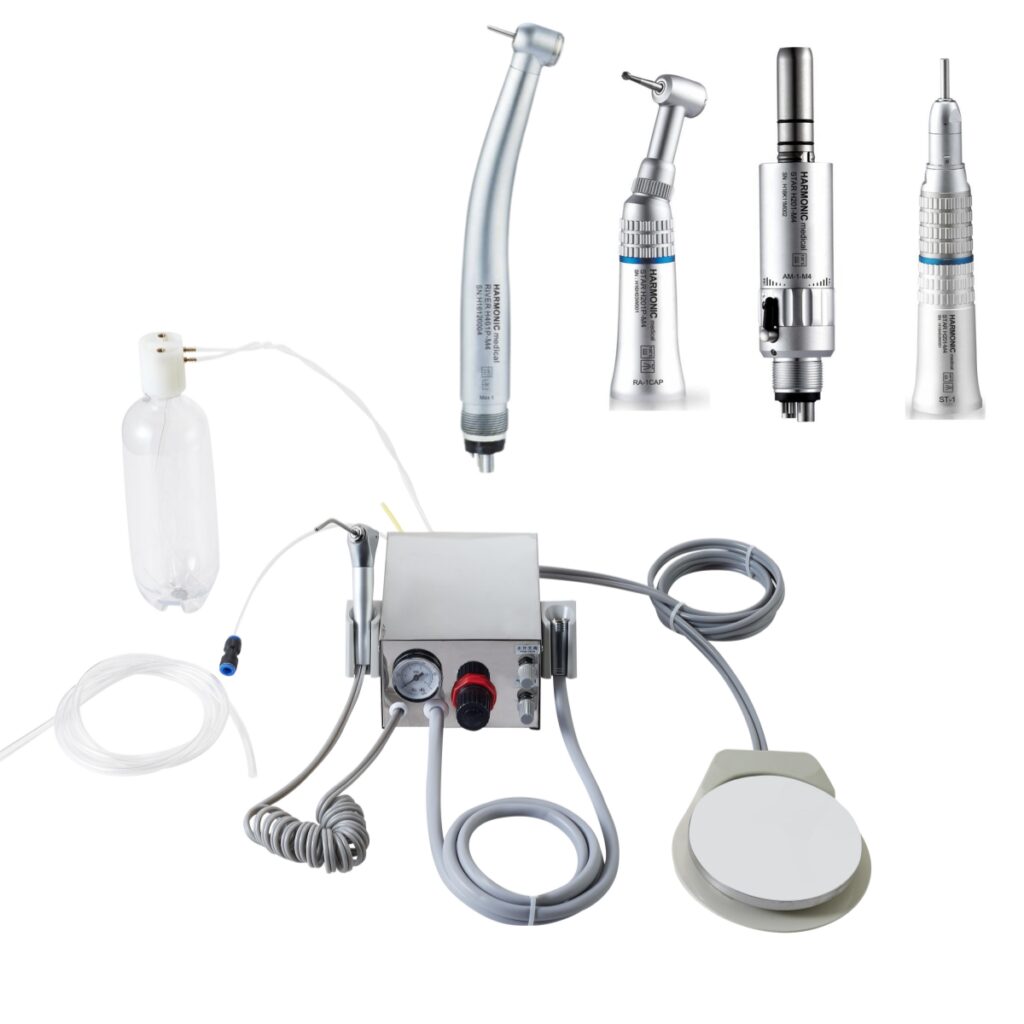




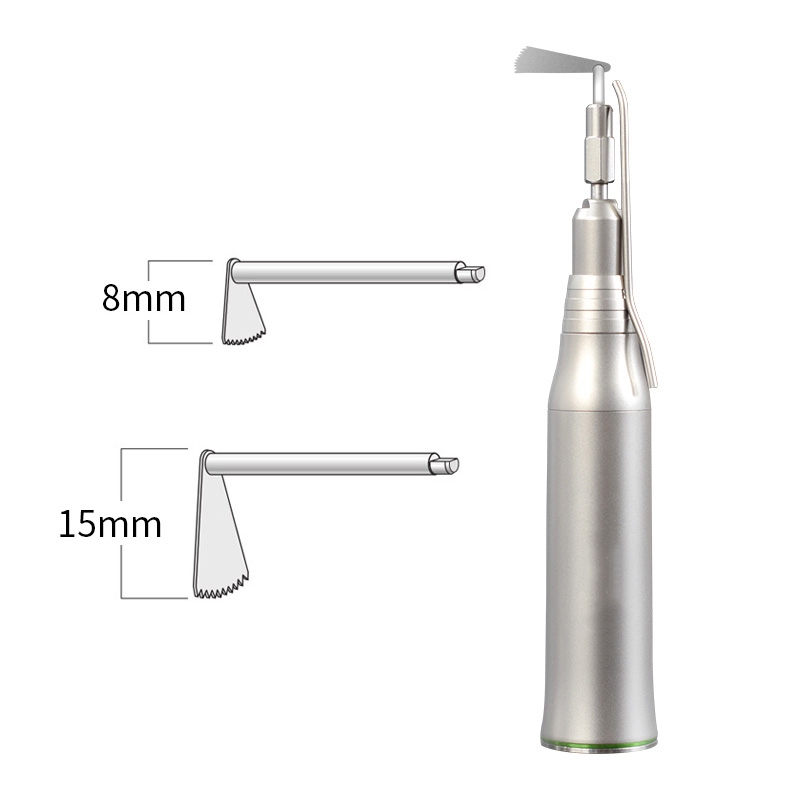
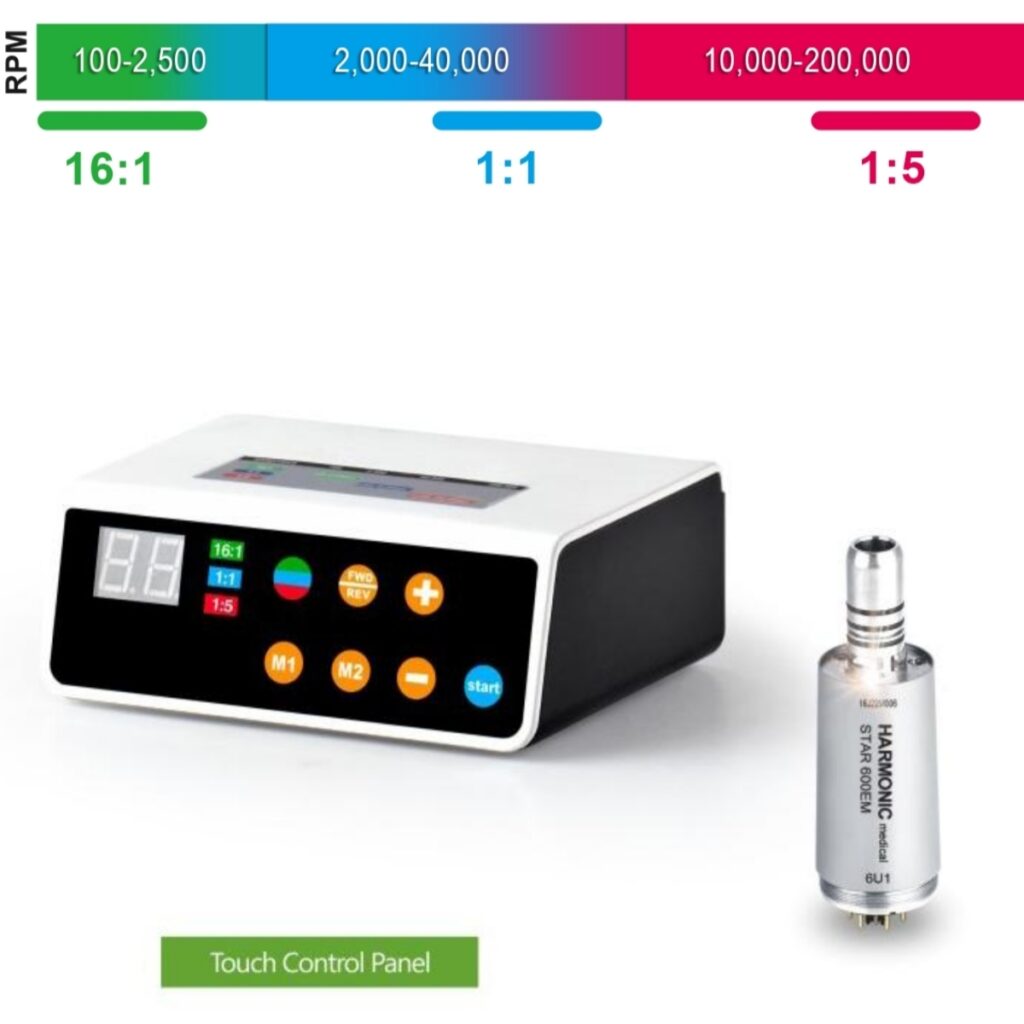
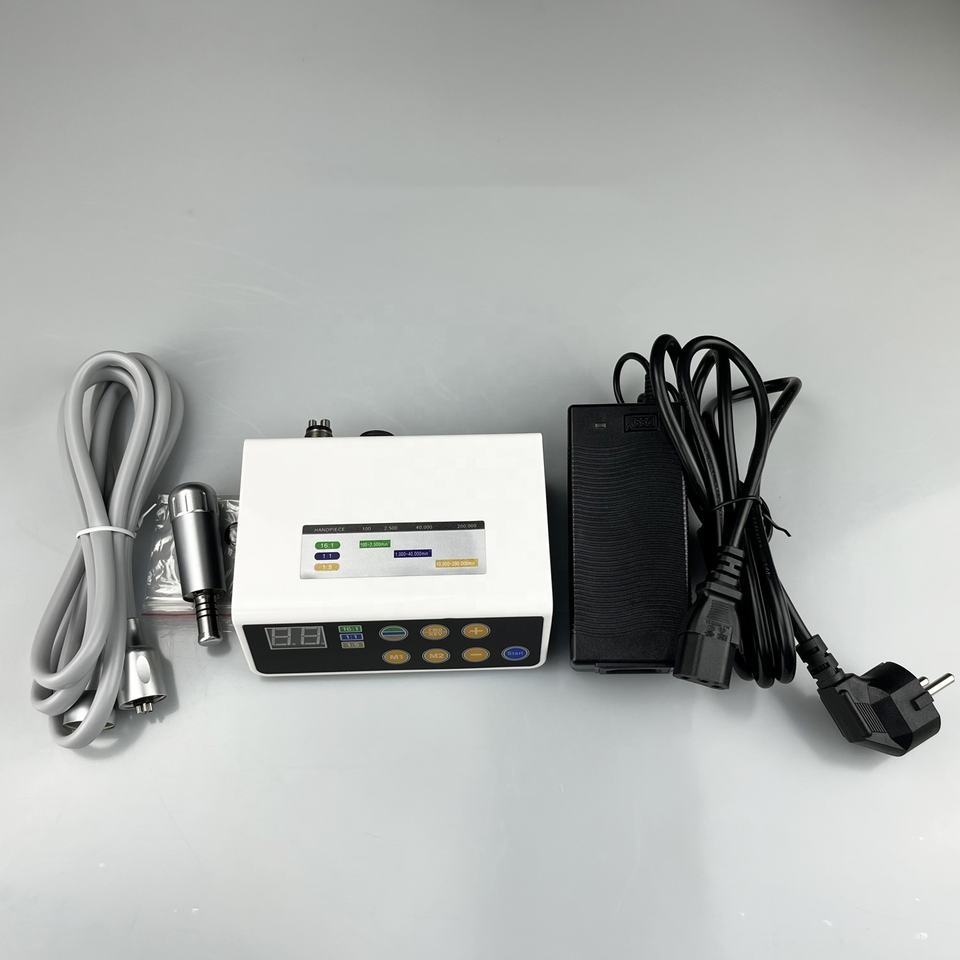
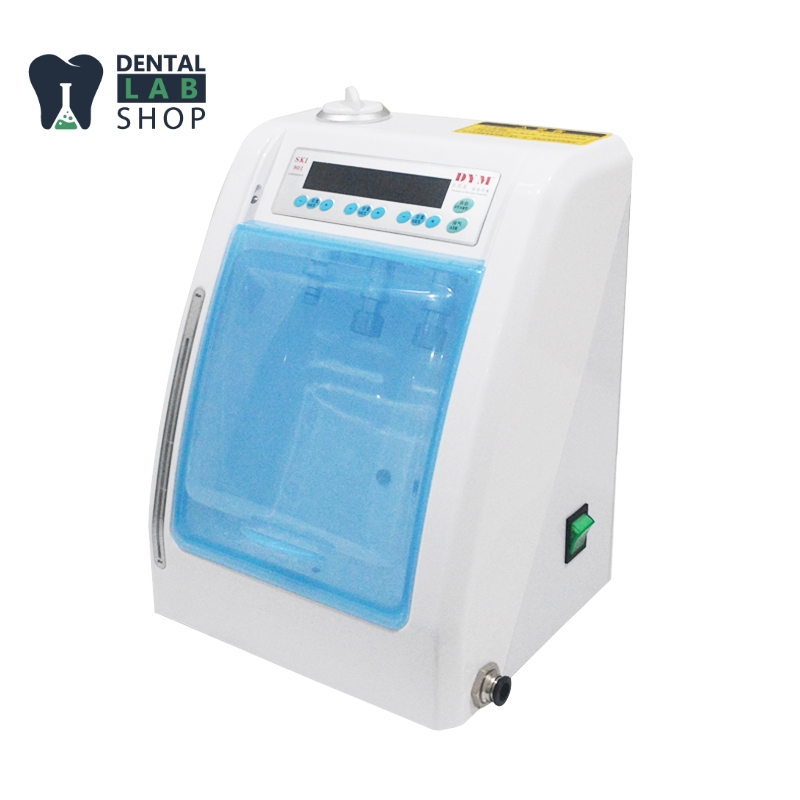
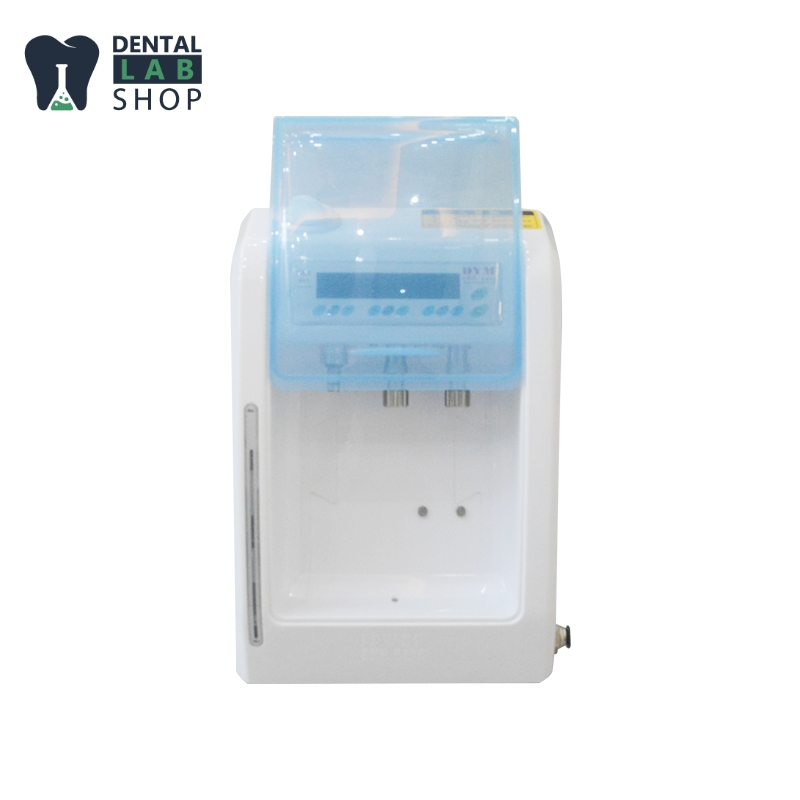
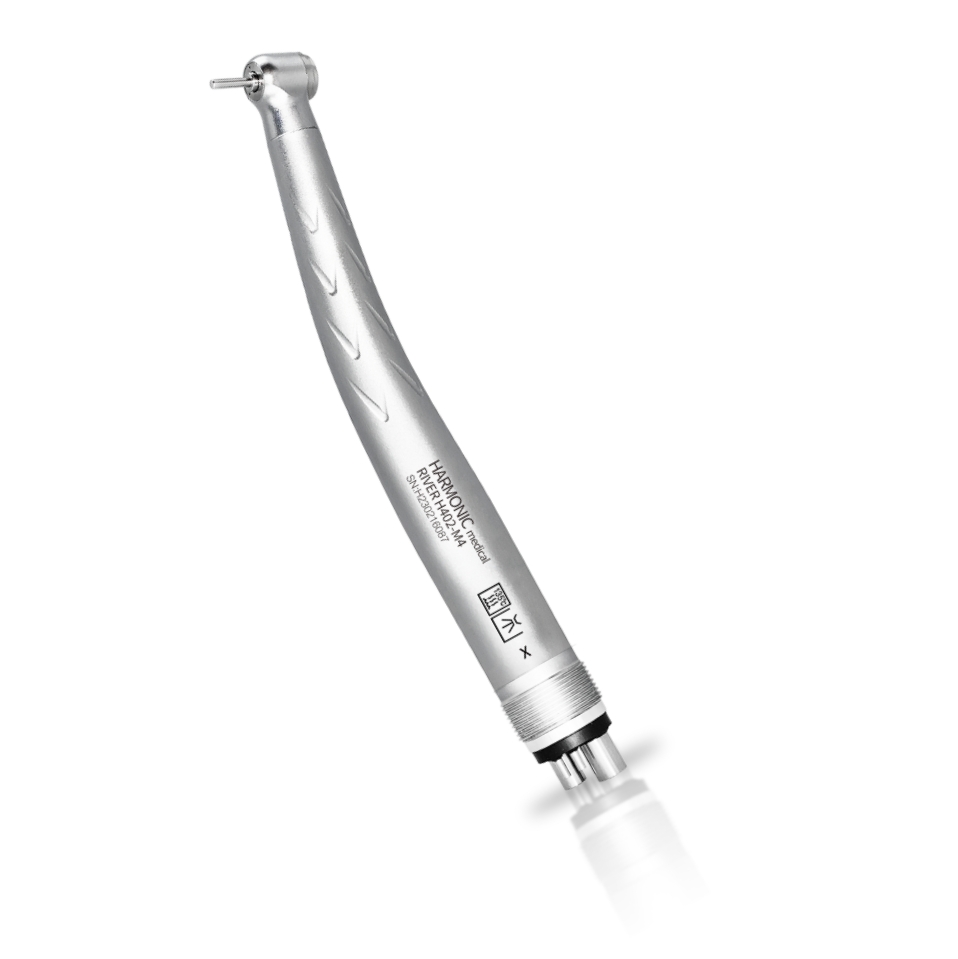
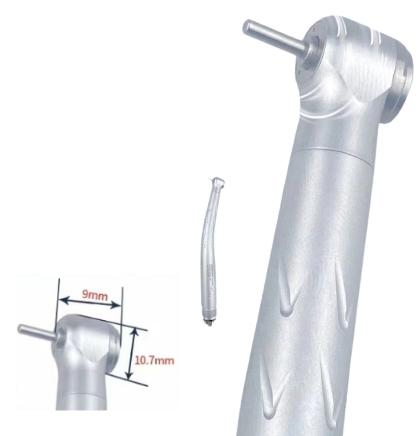
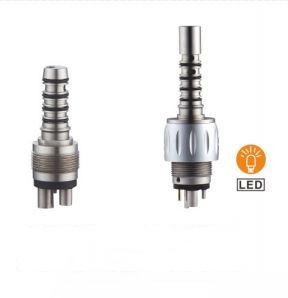
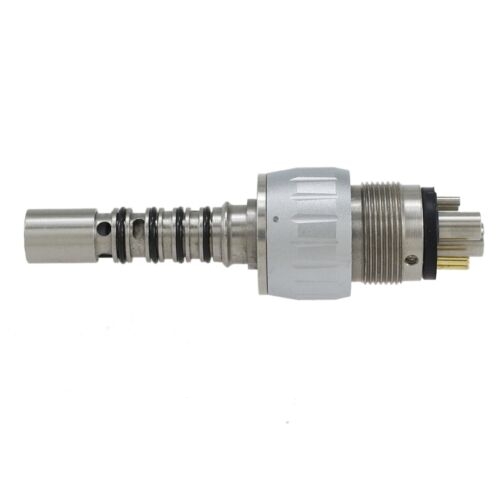
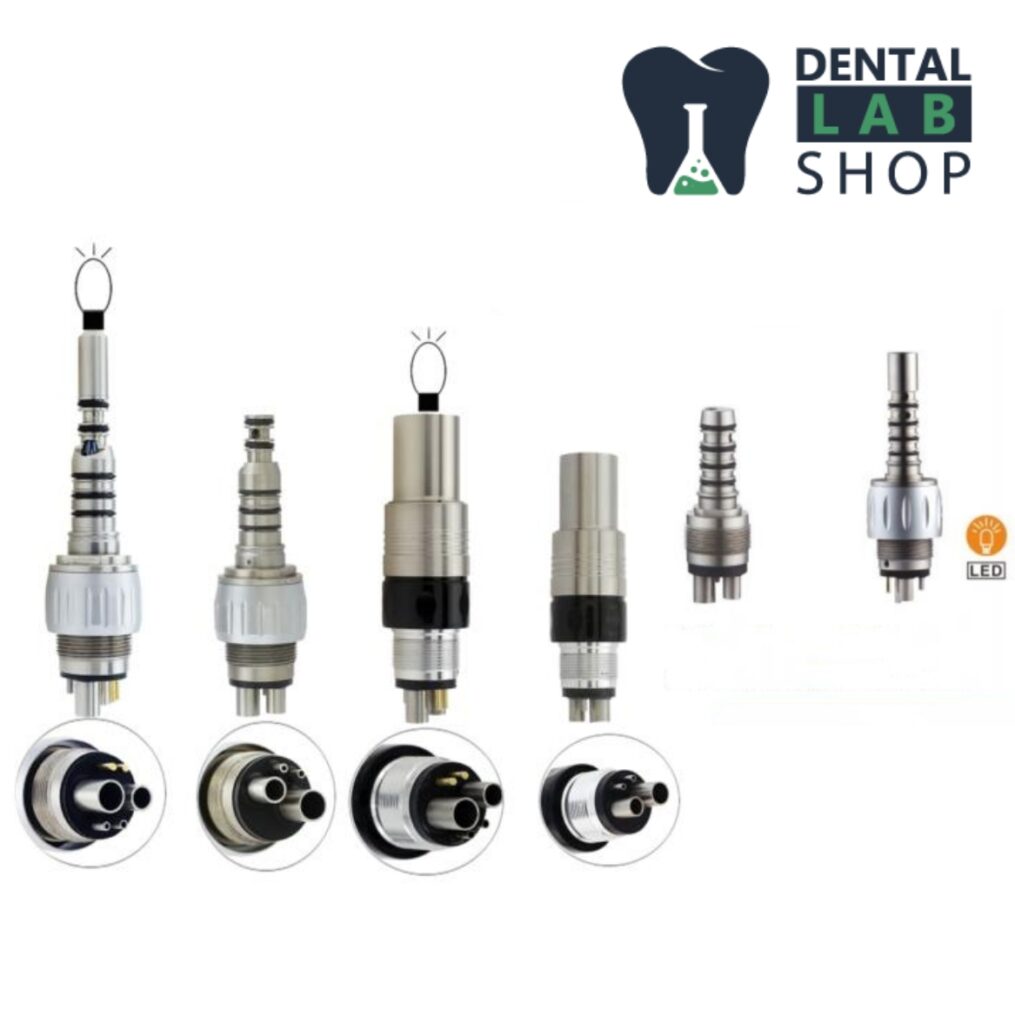


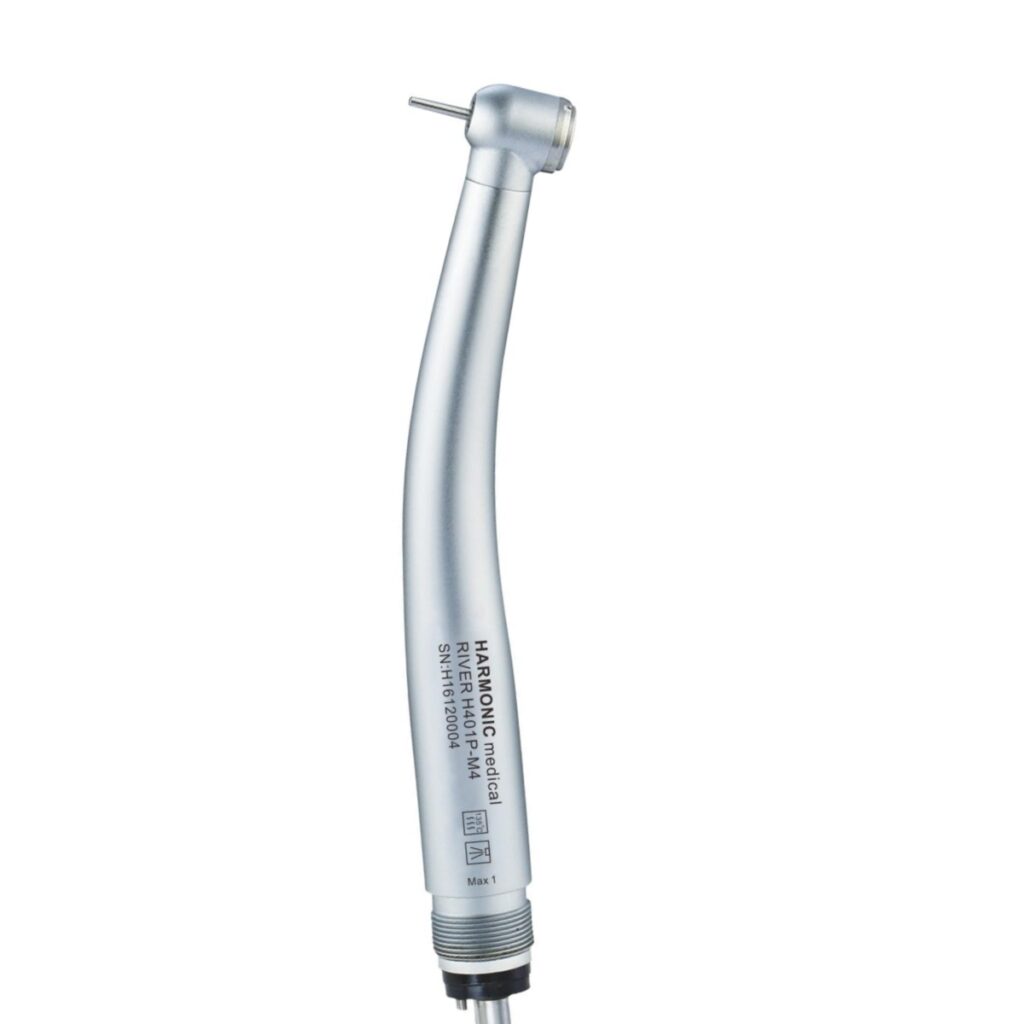
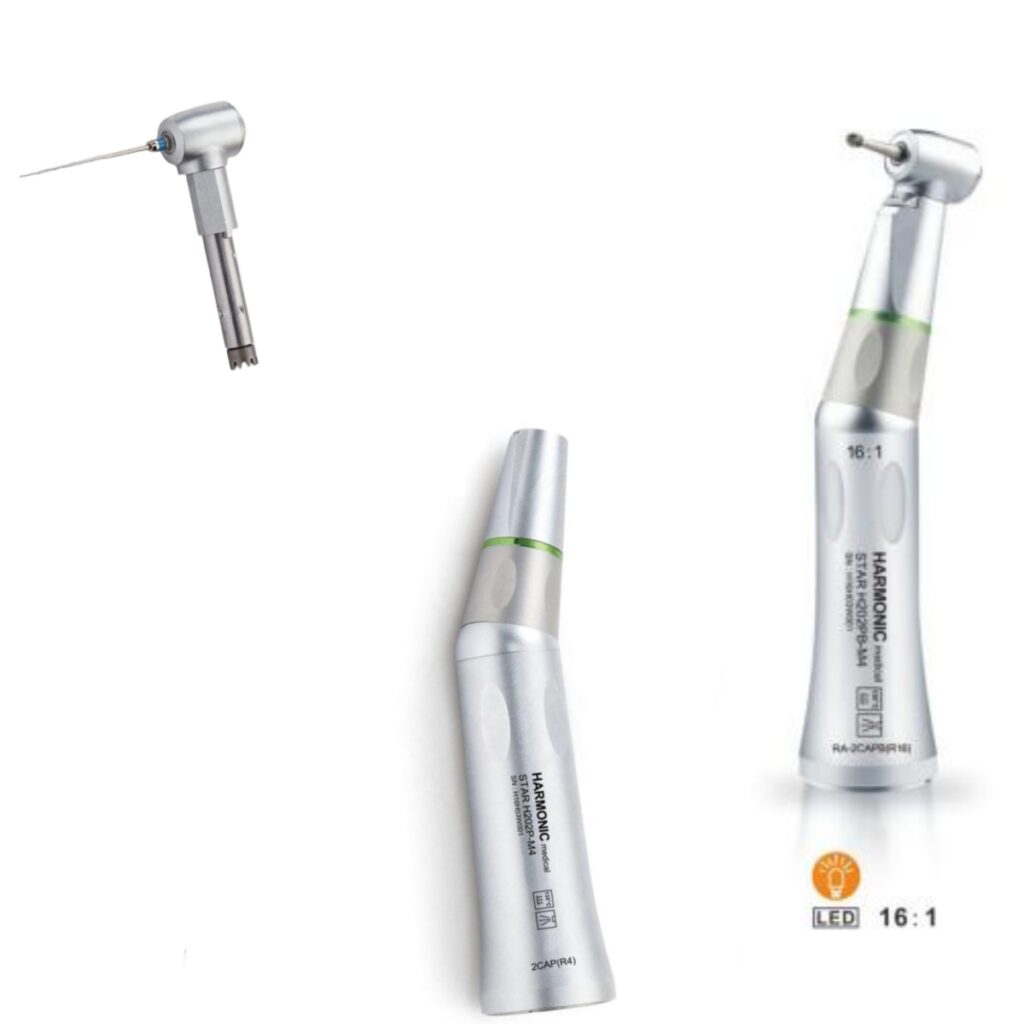
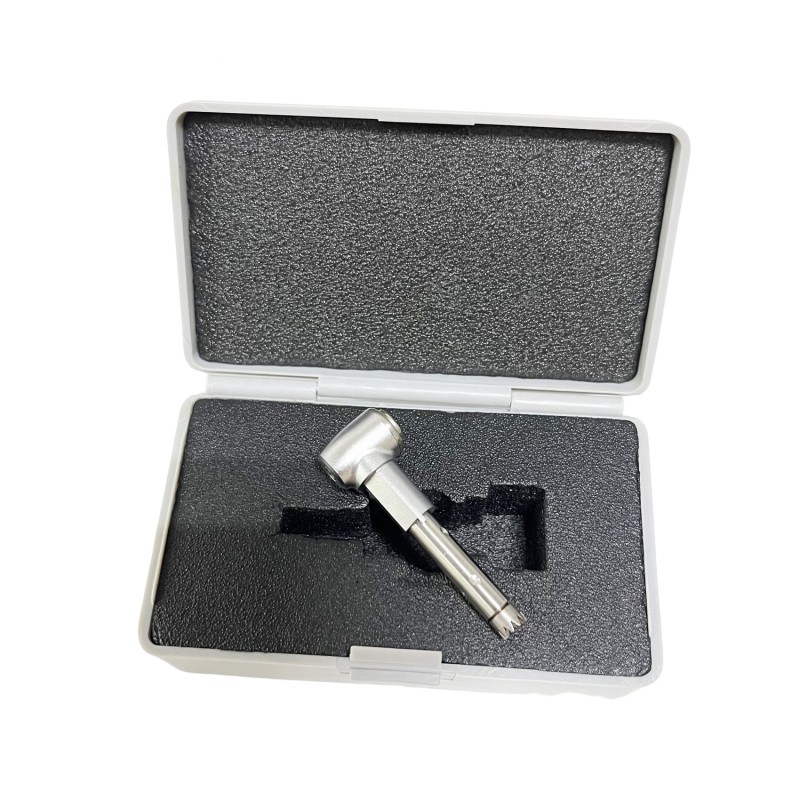
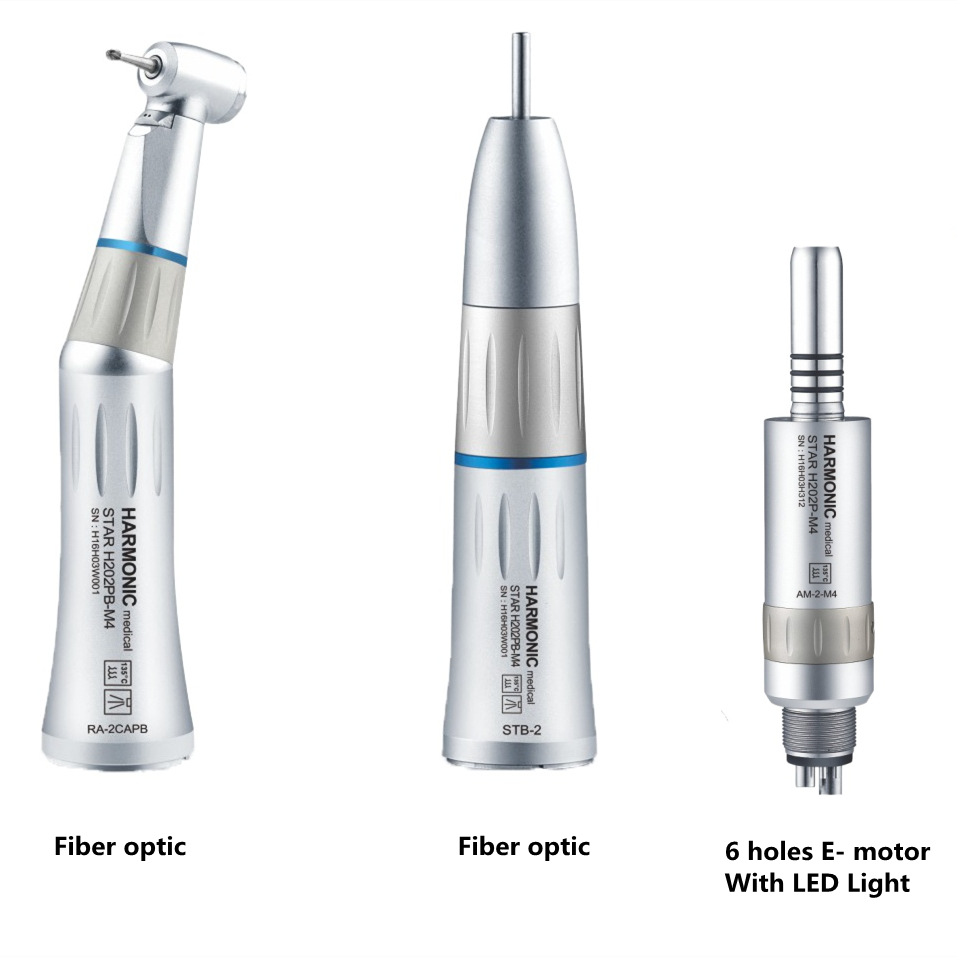
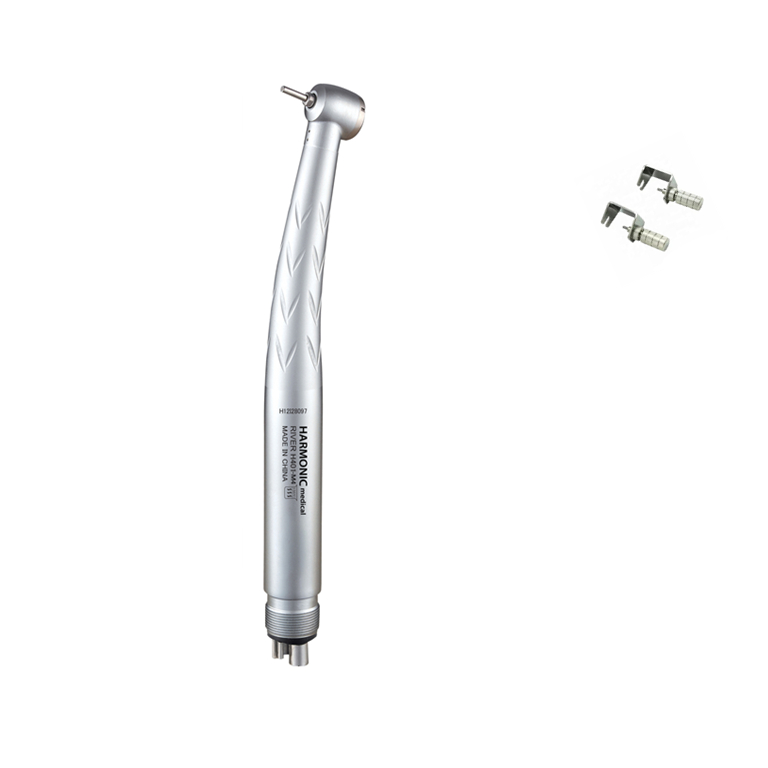

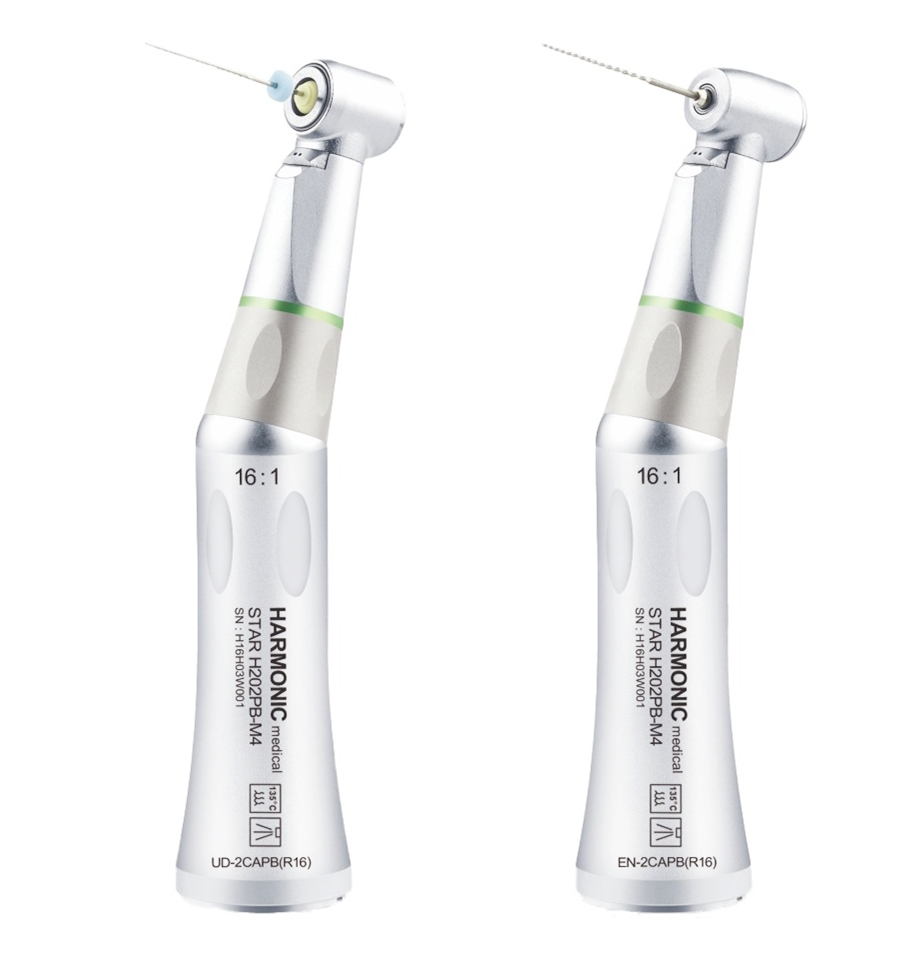
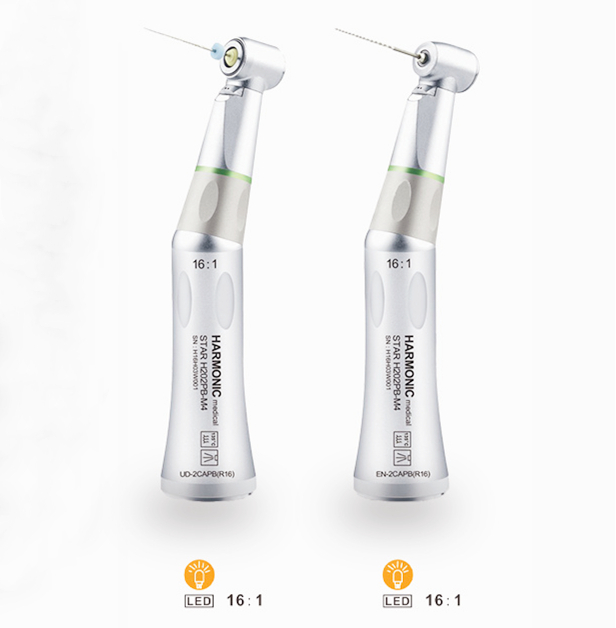
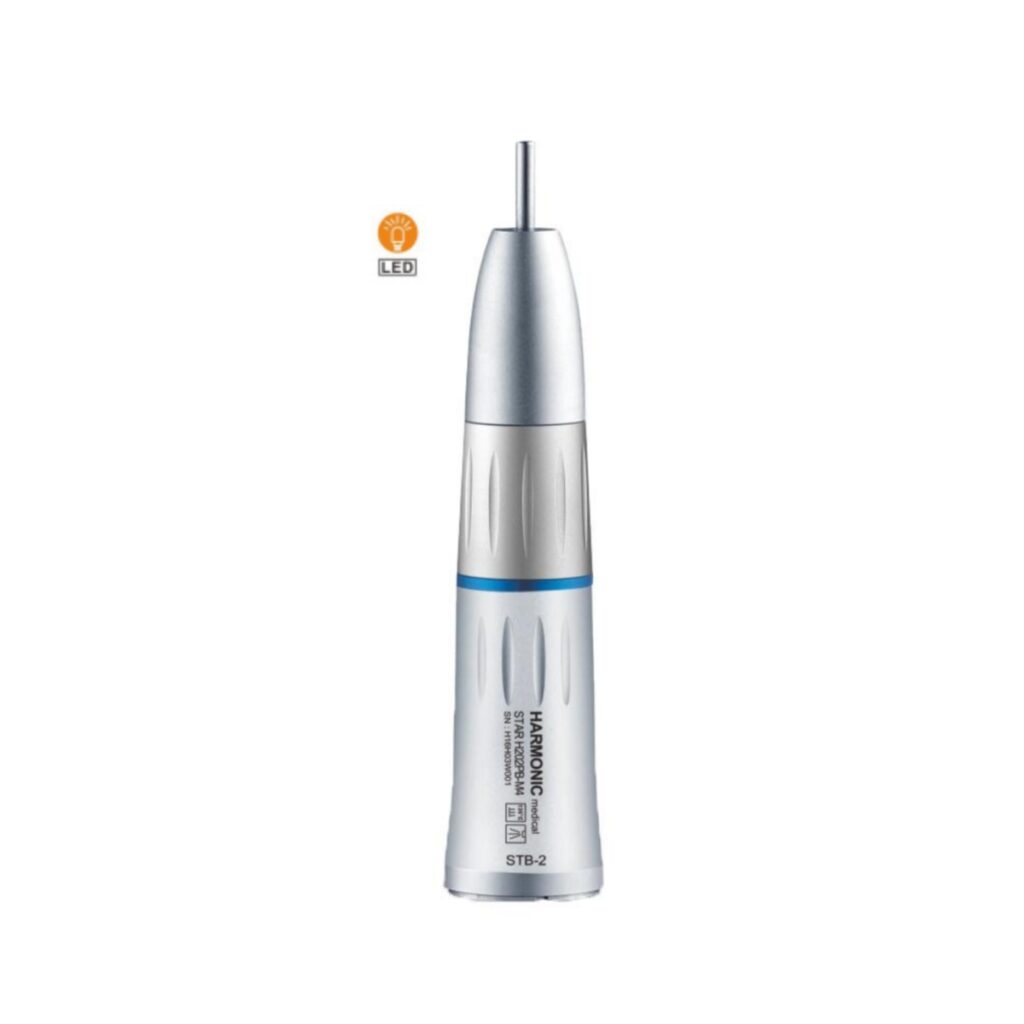

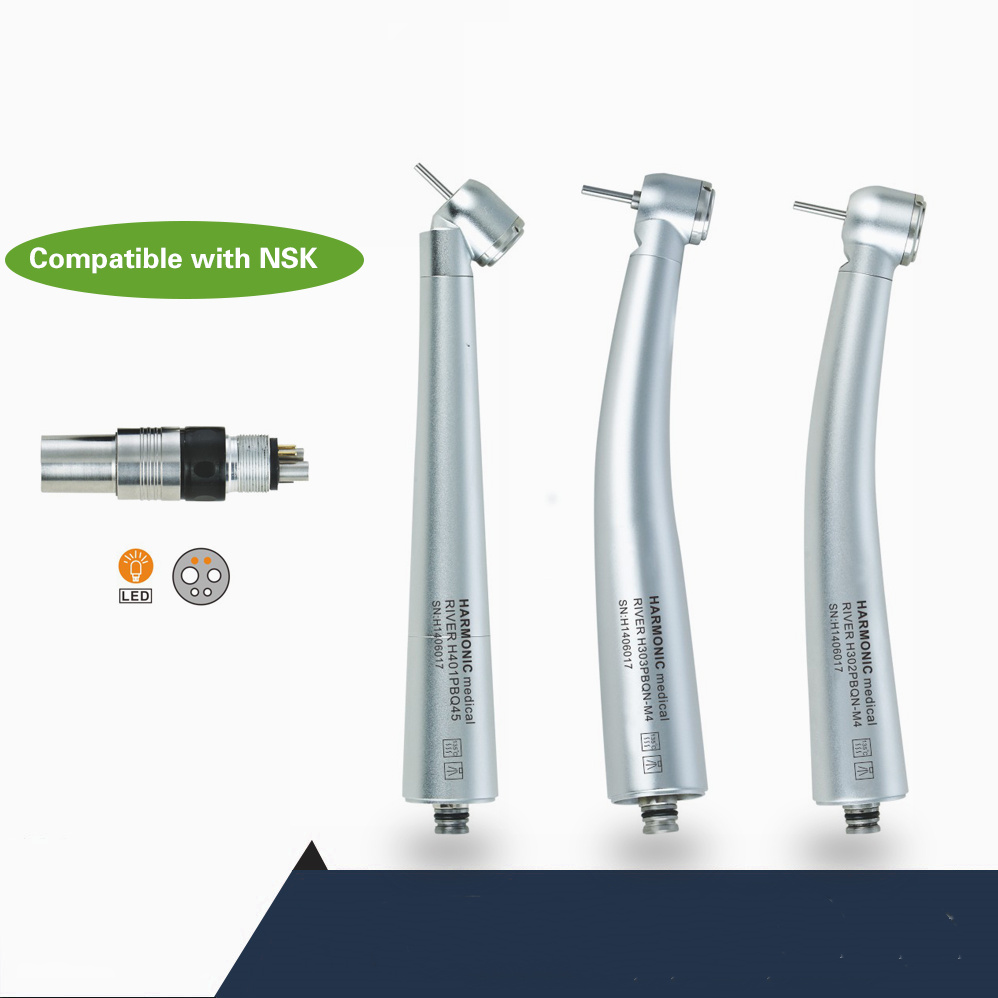

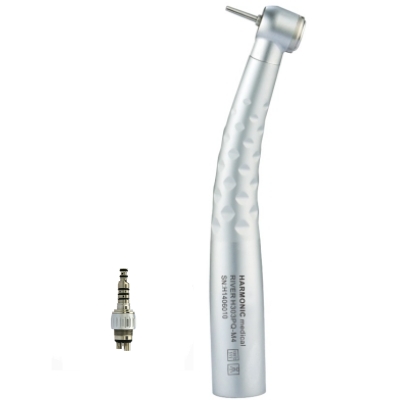
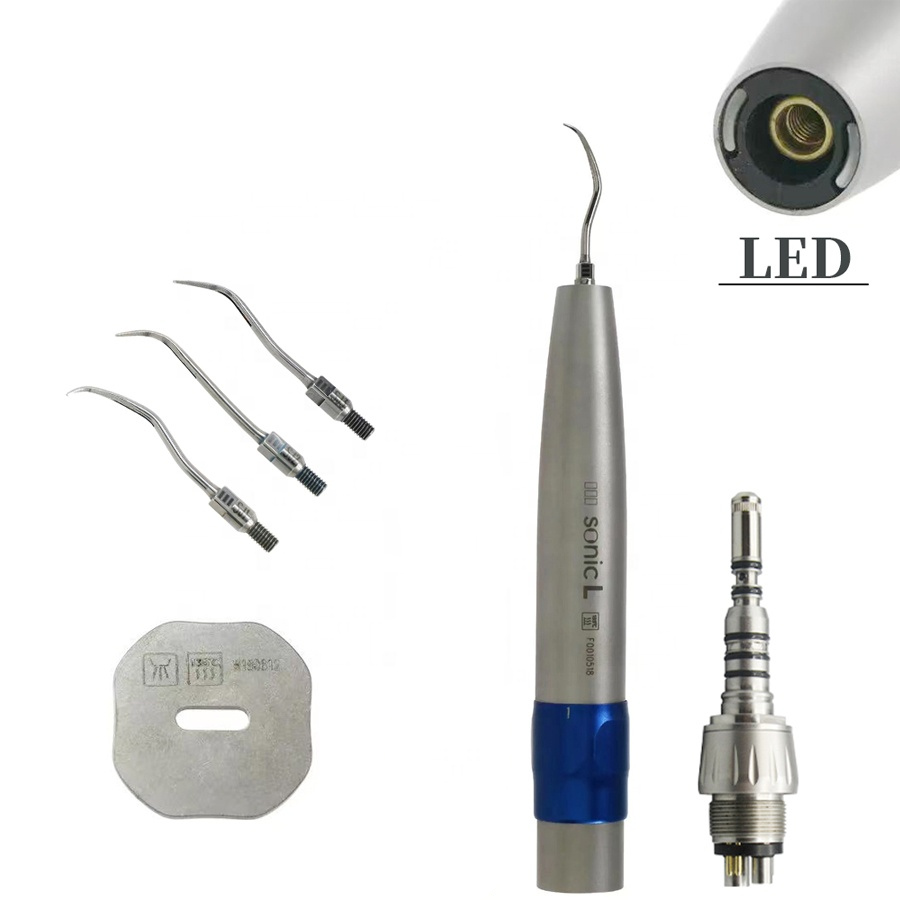
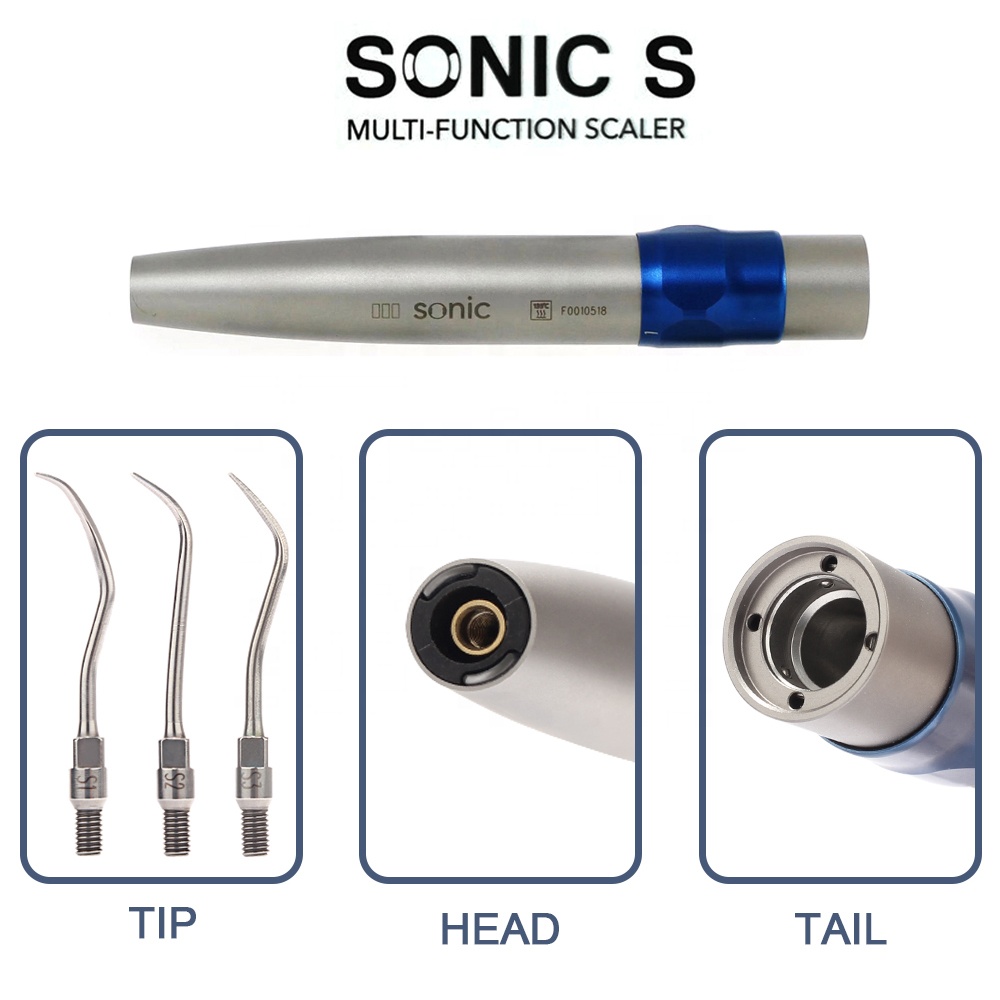
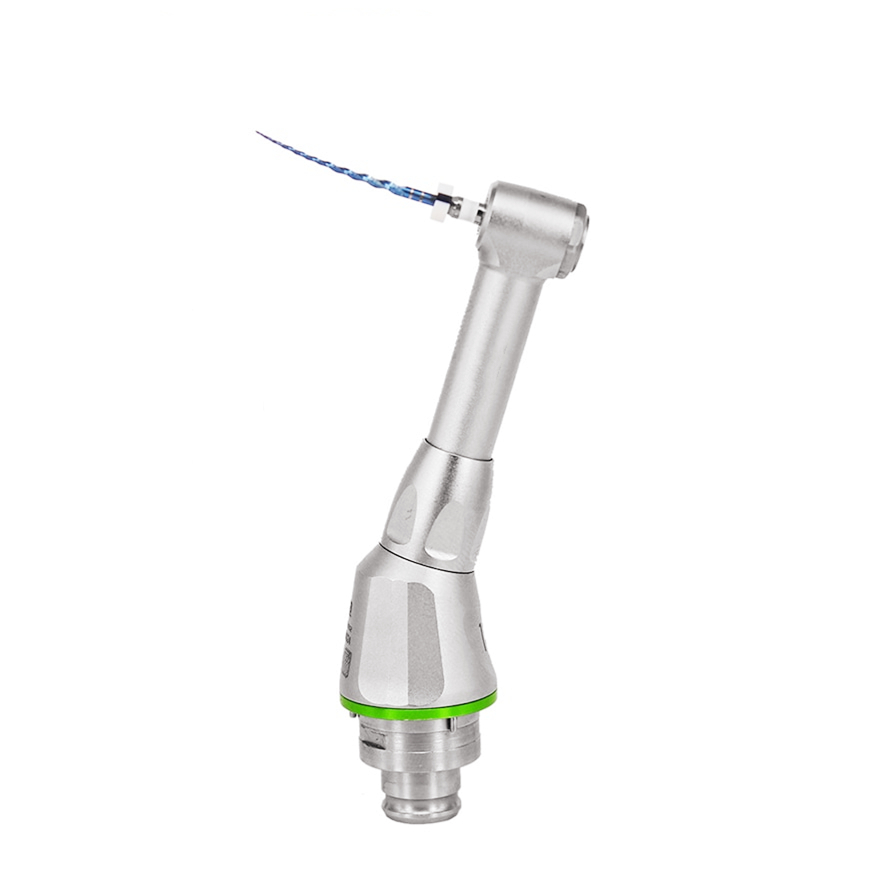
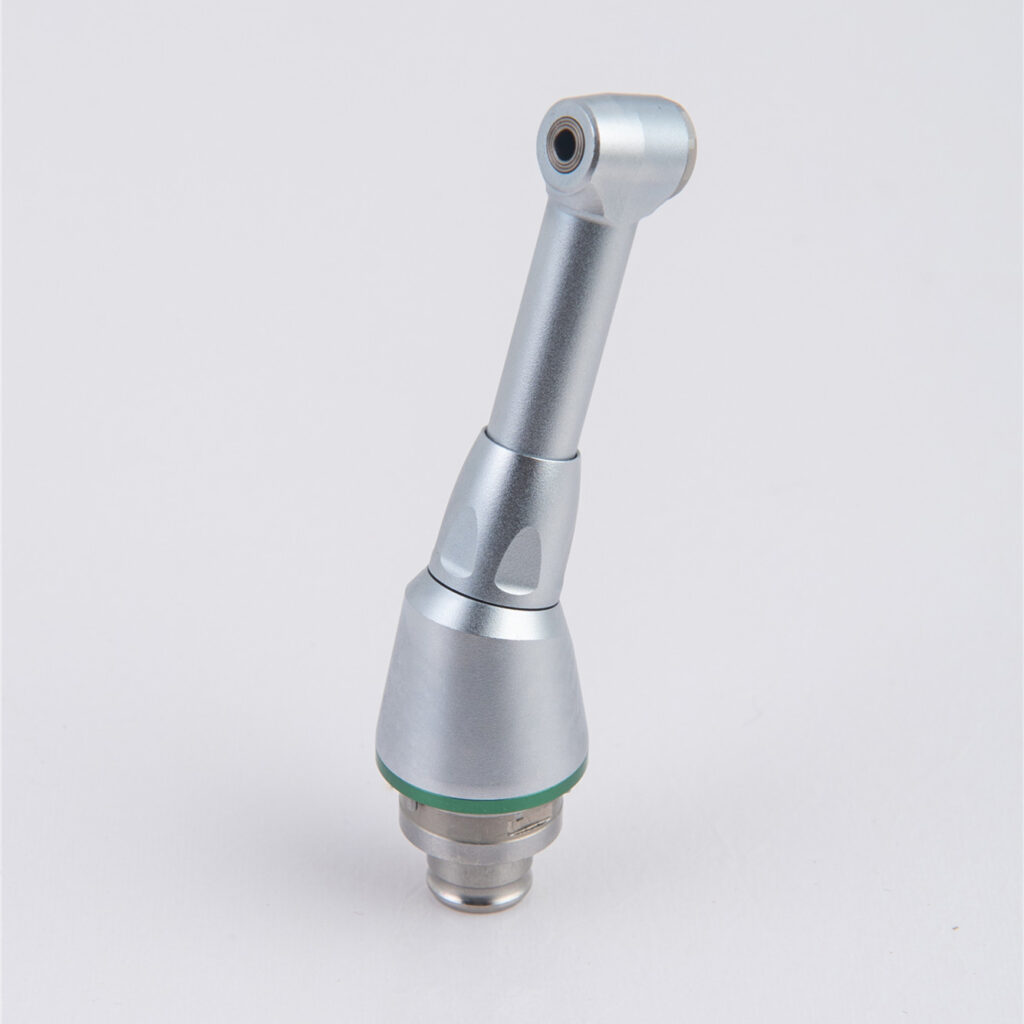
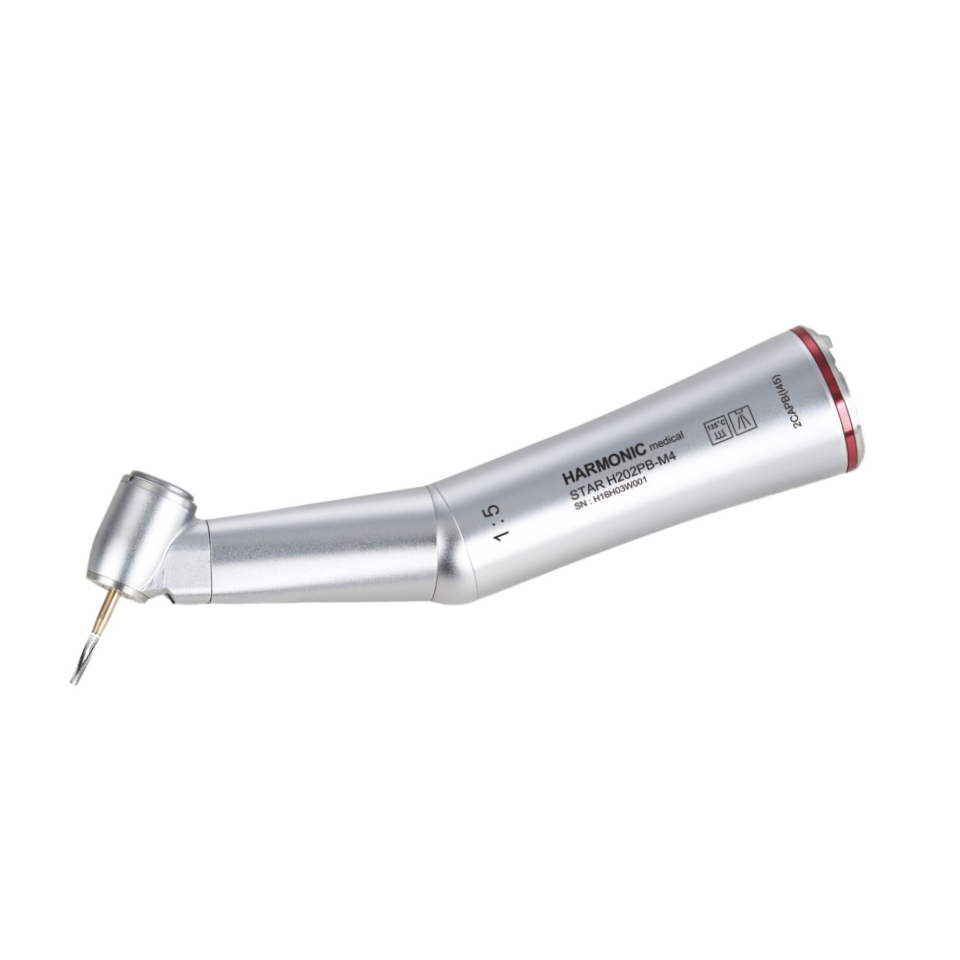
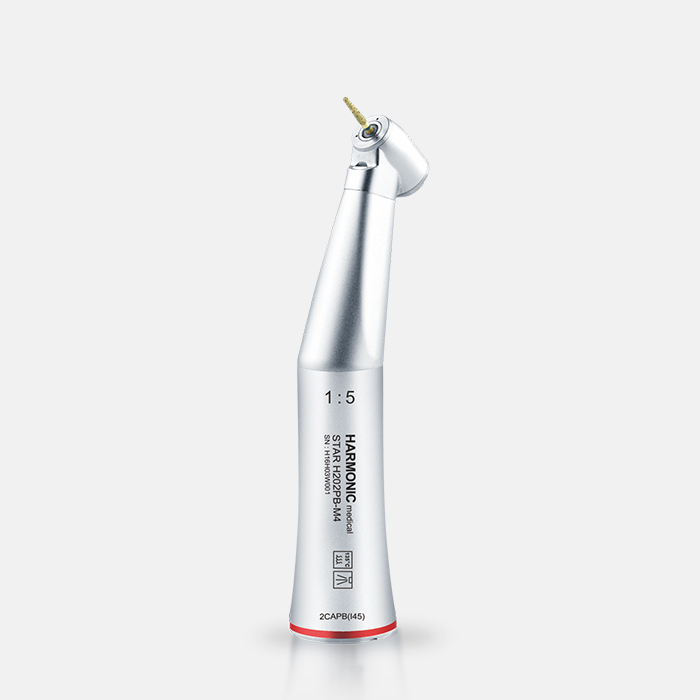

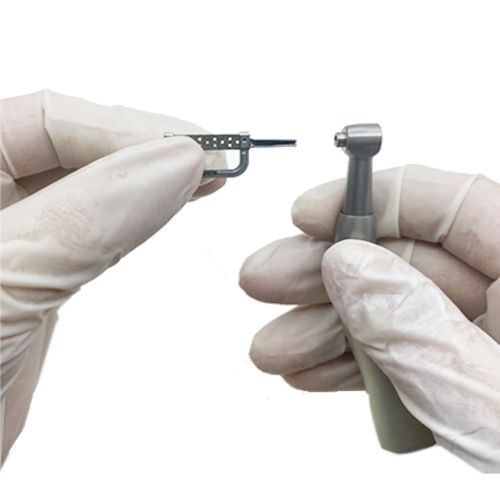
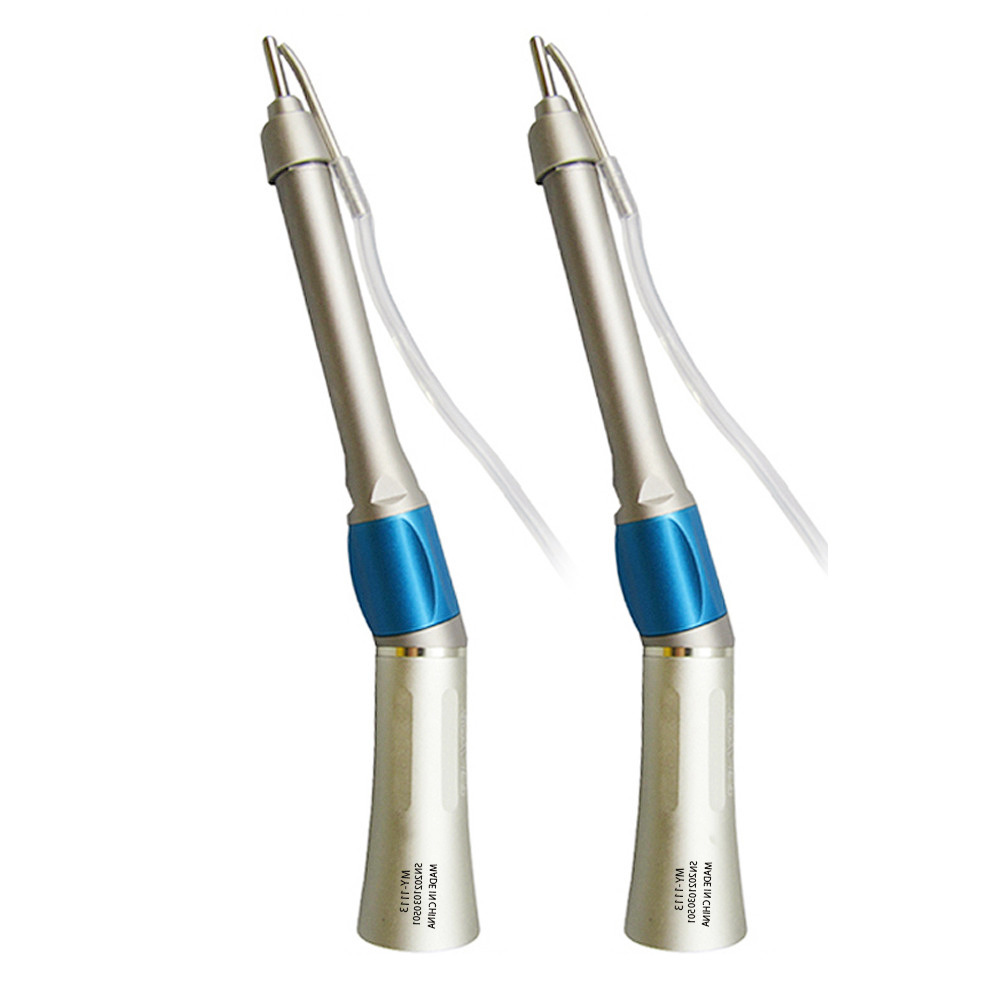
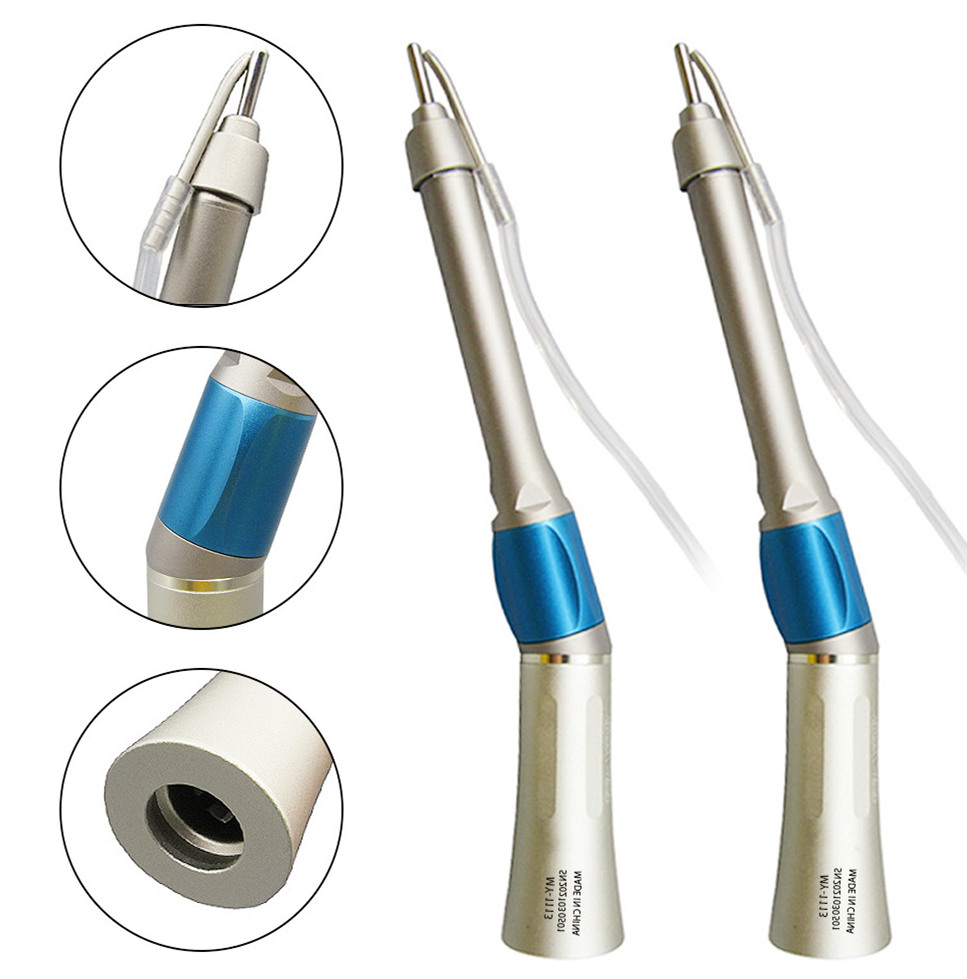
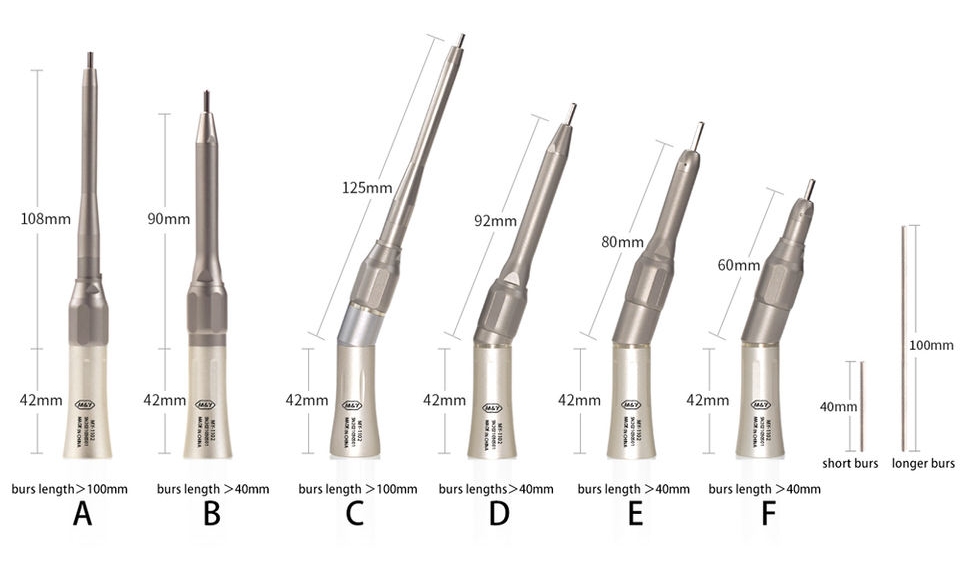 Free shipping.
Free shipping. 